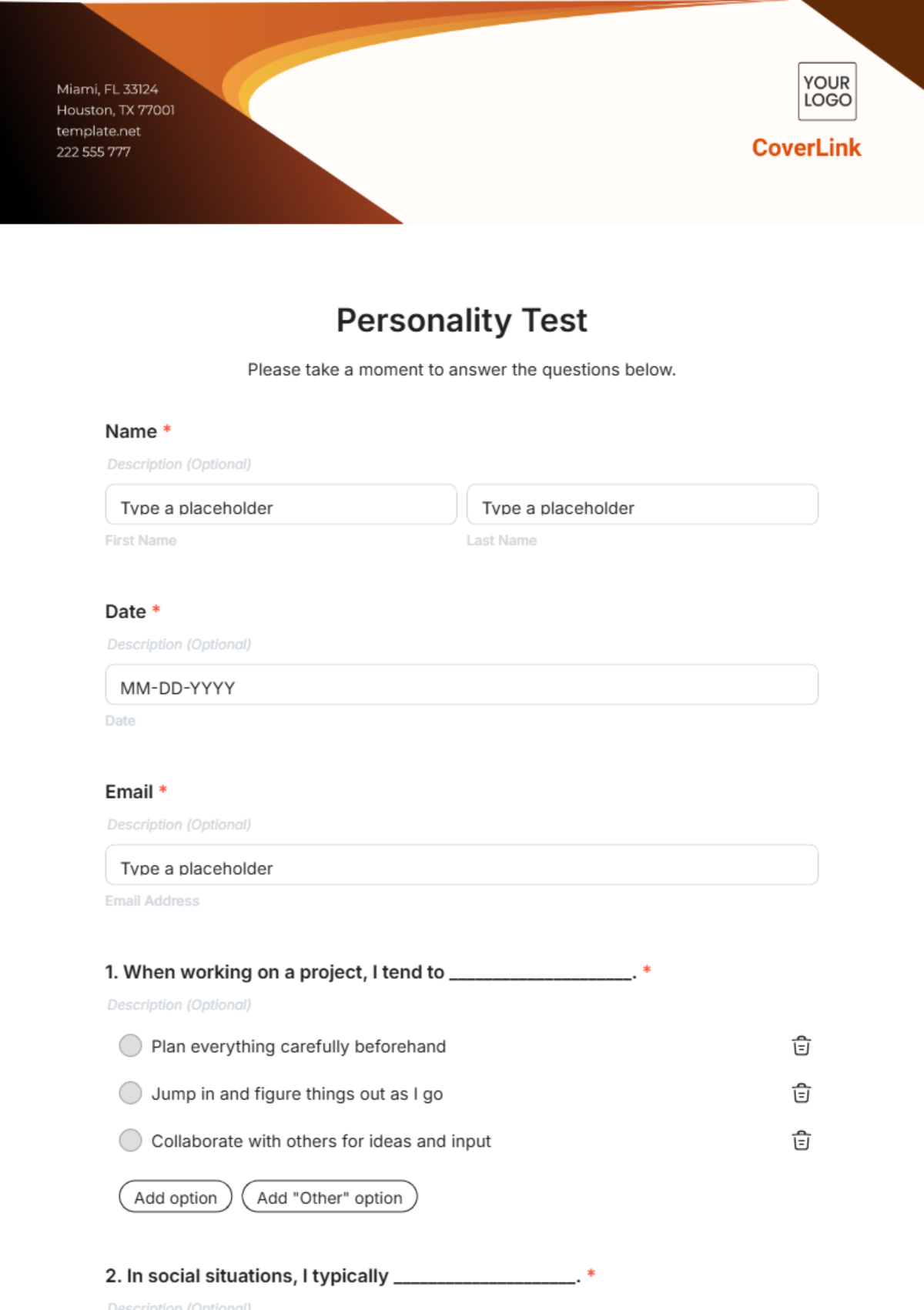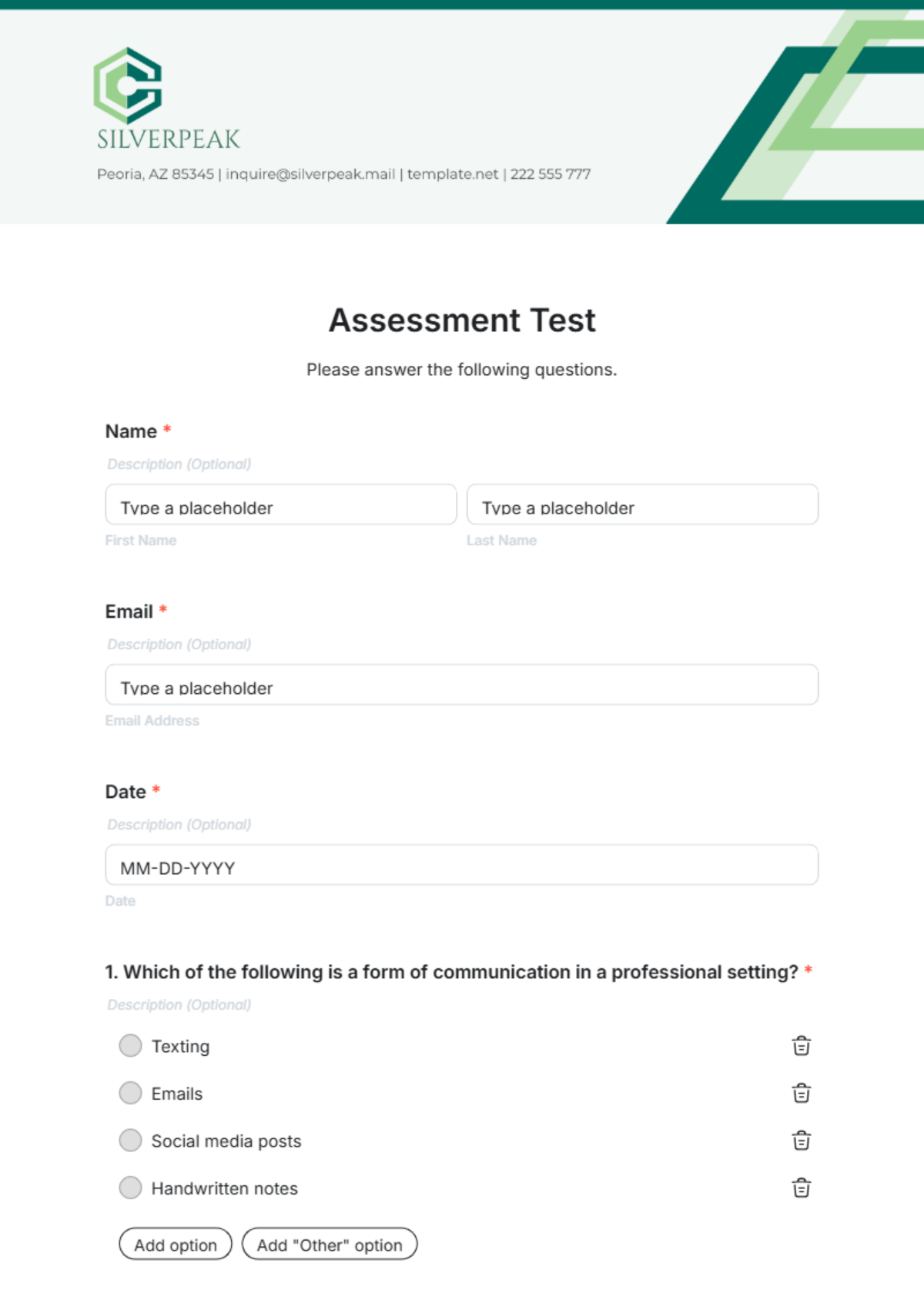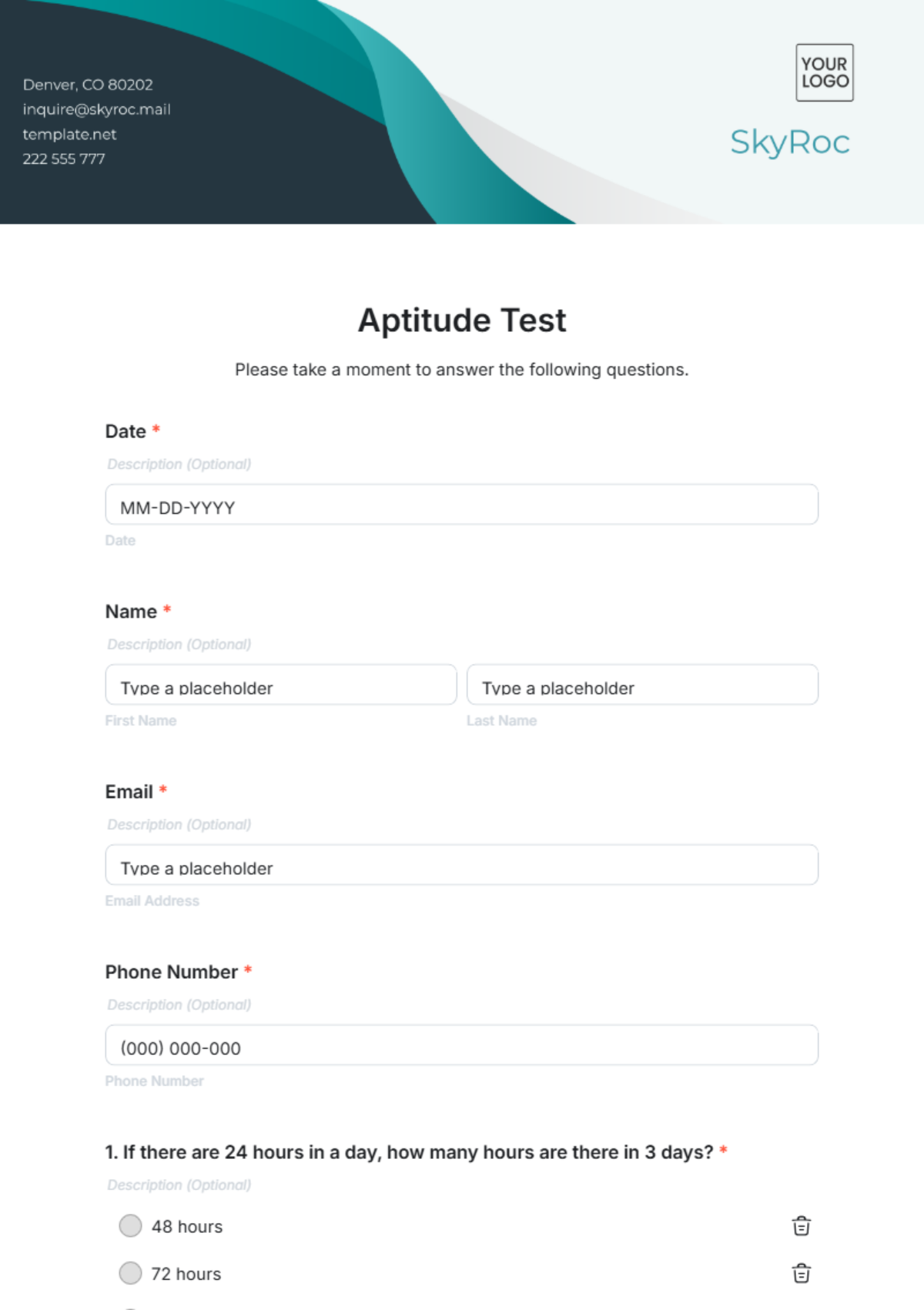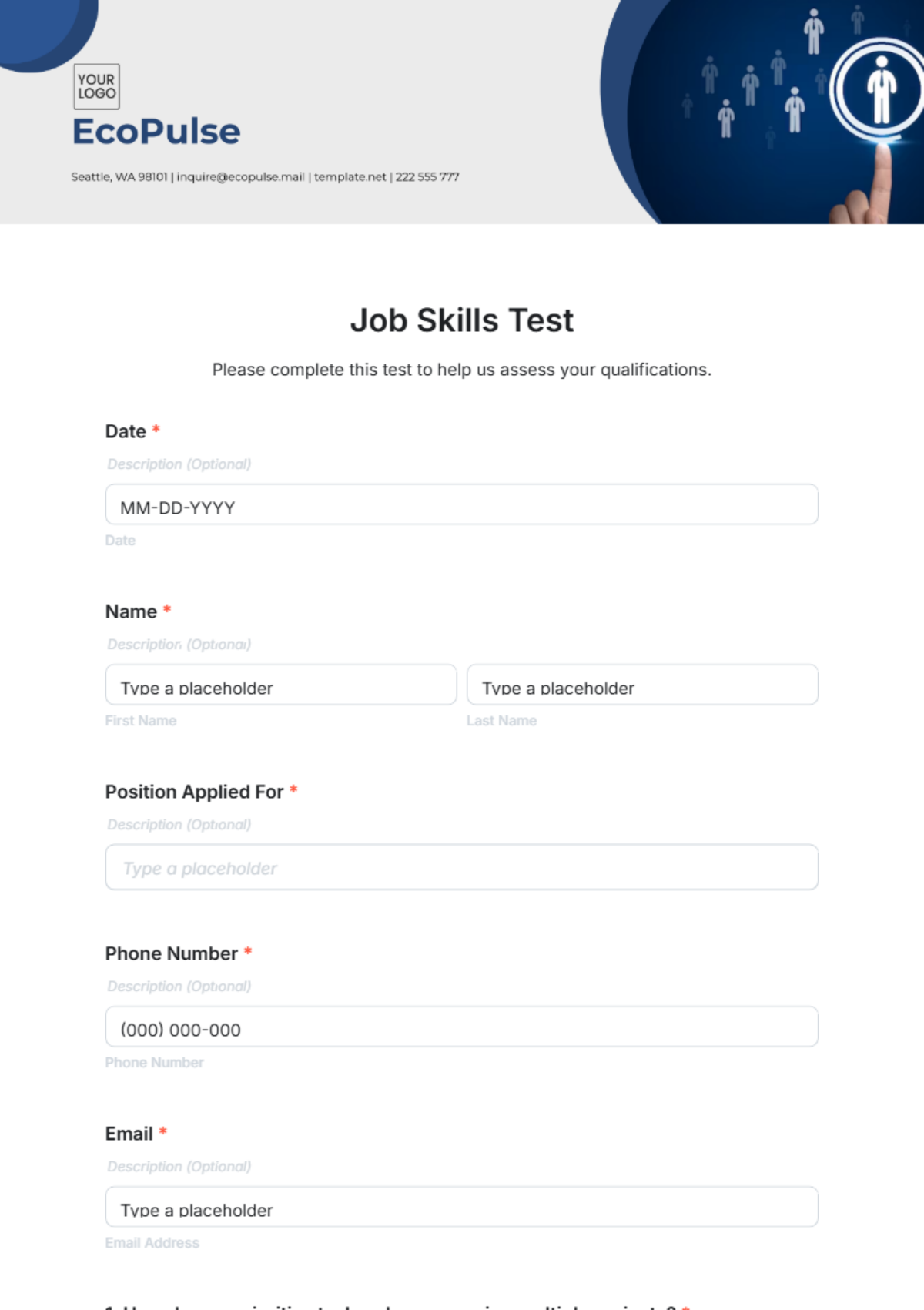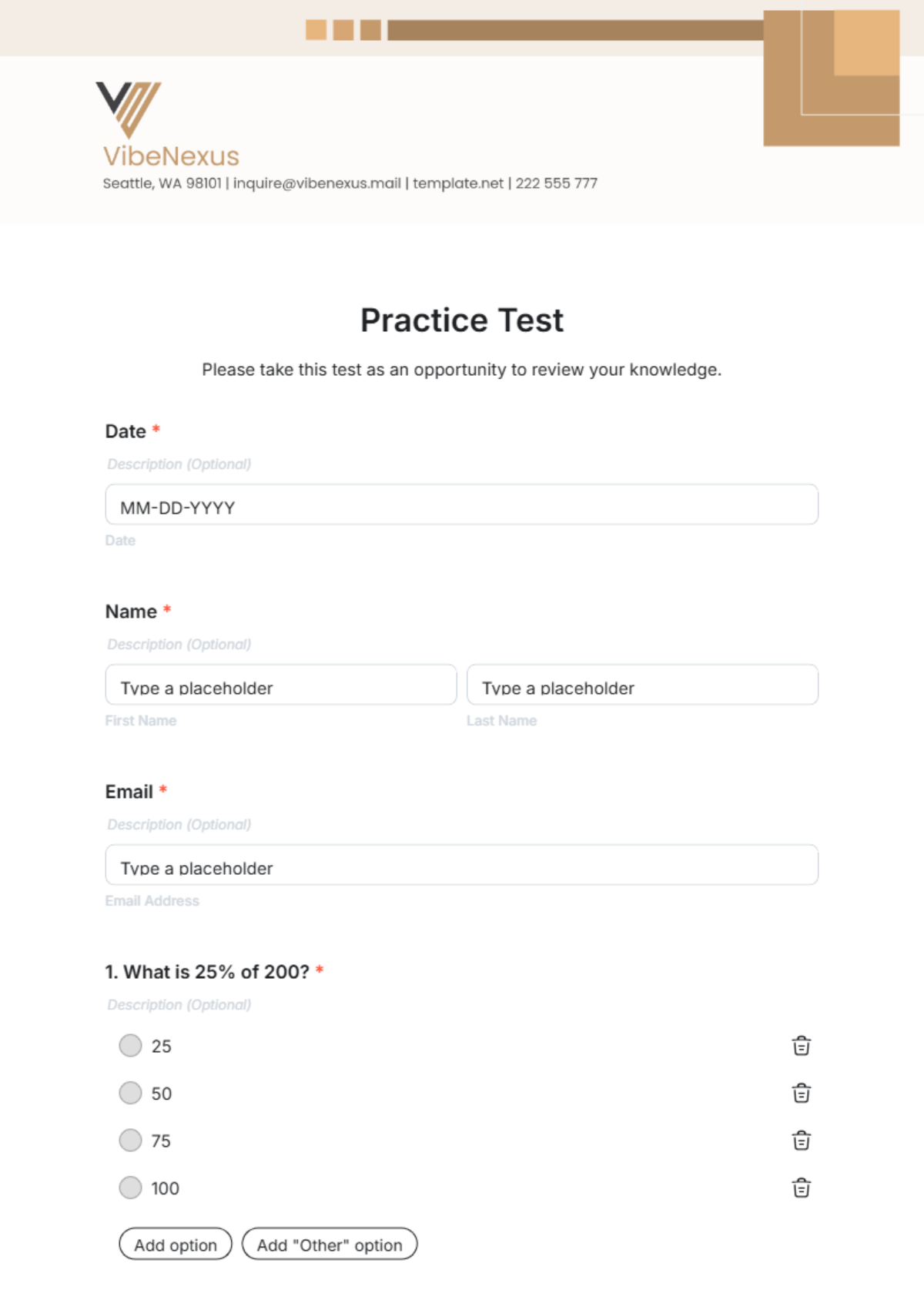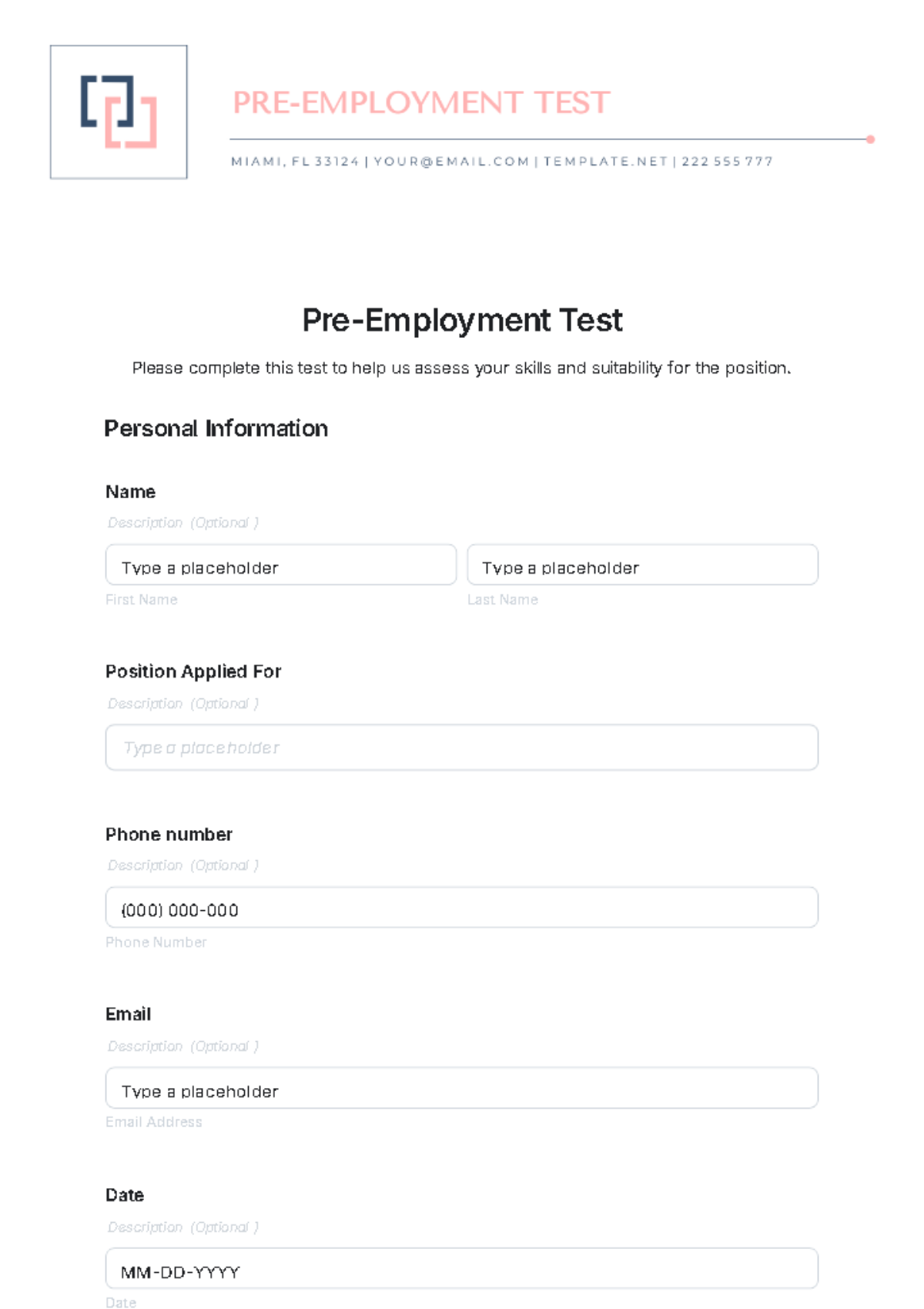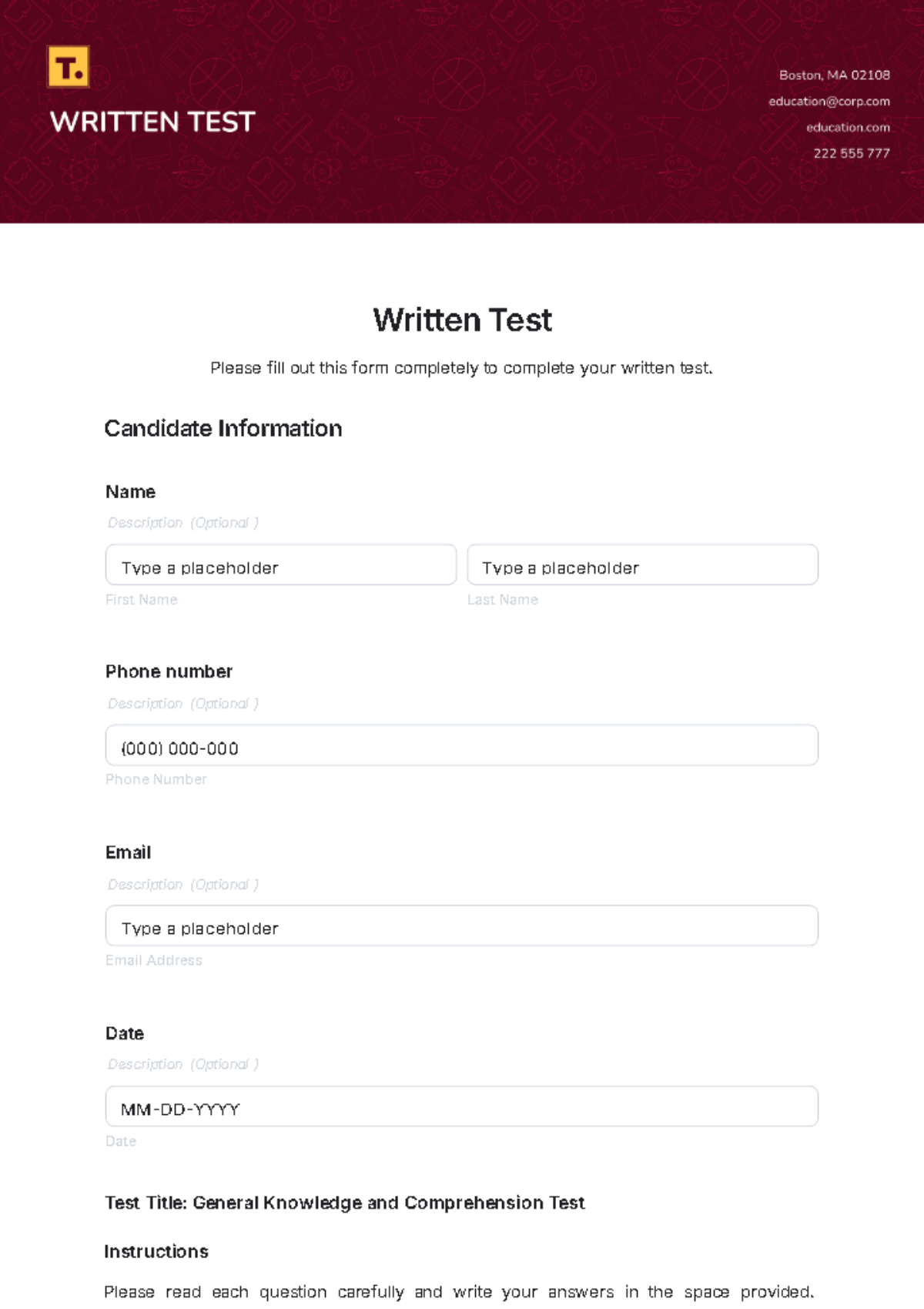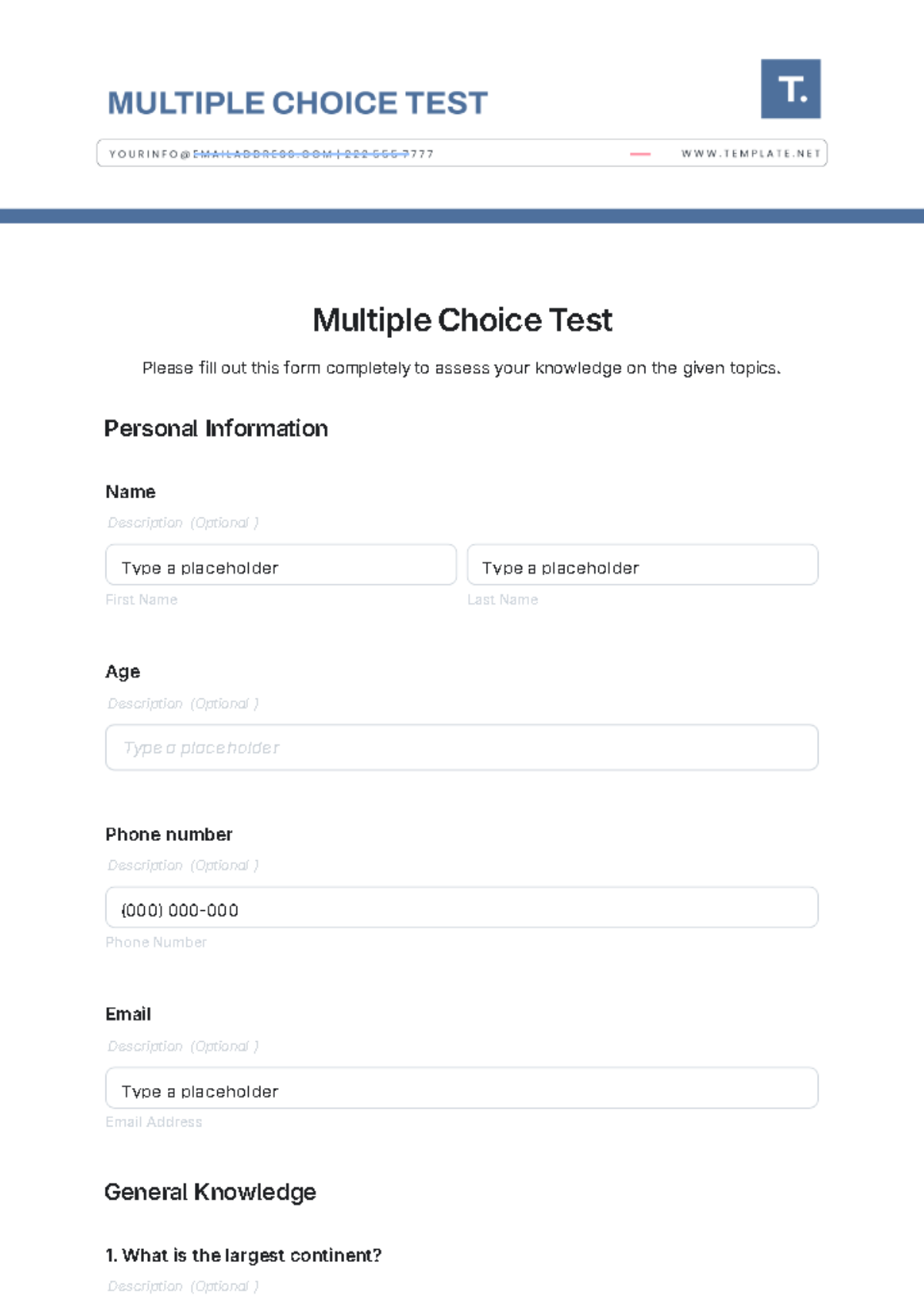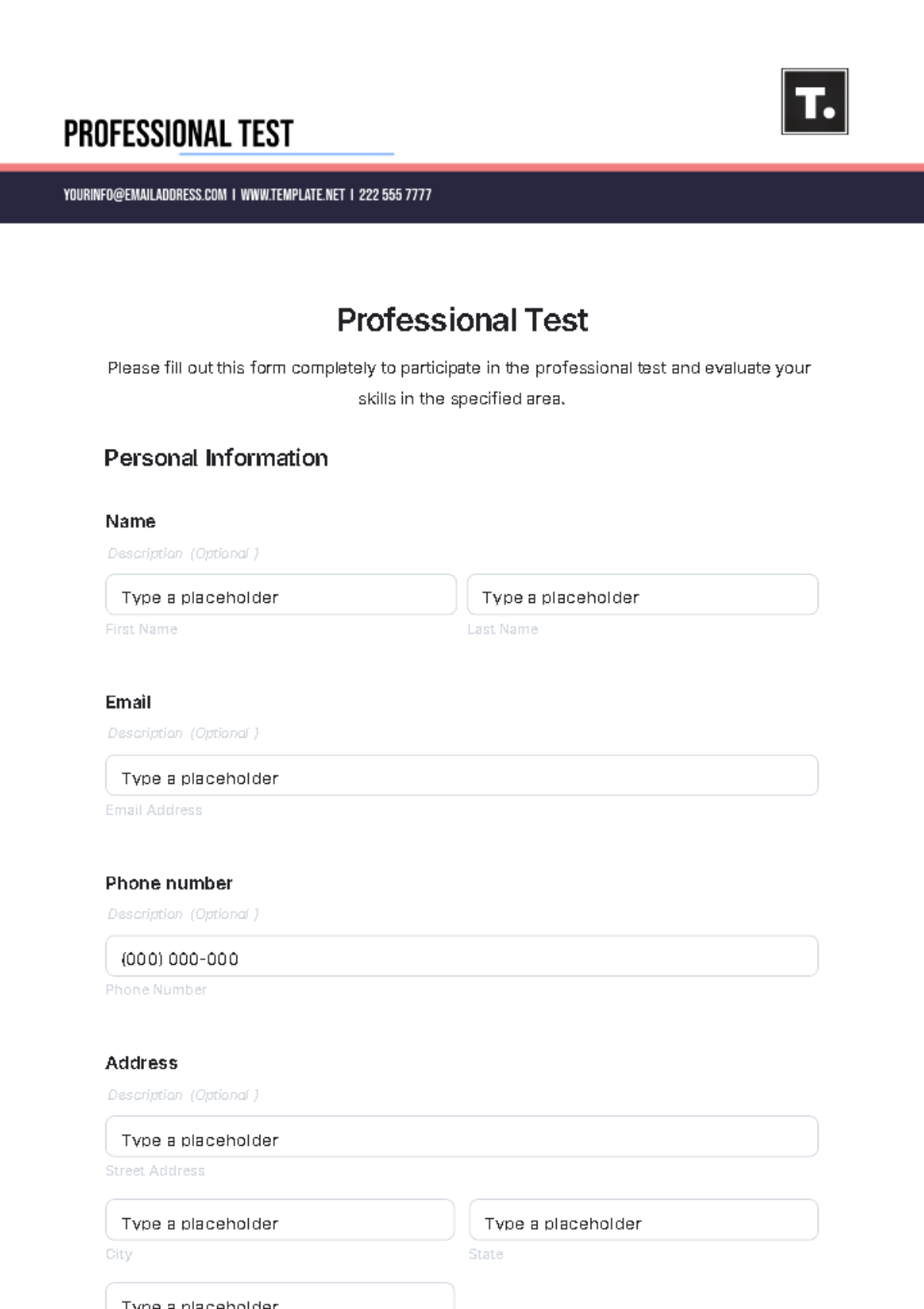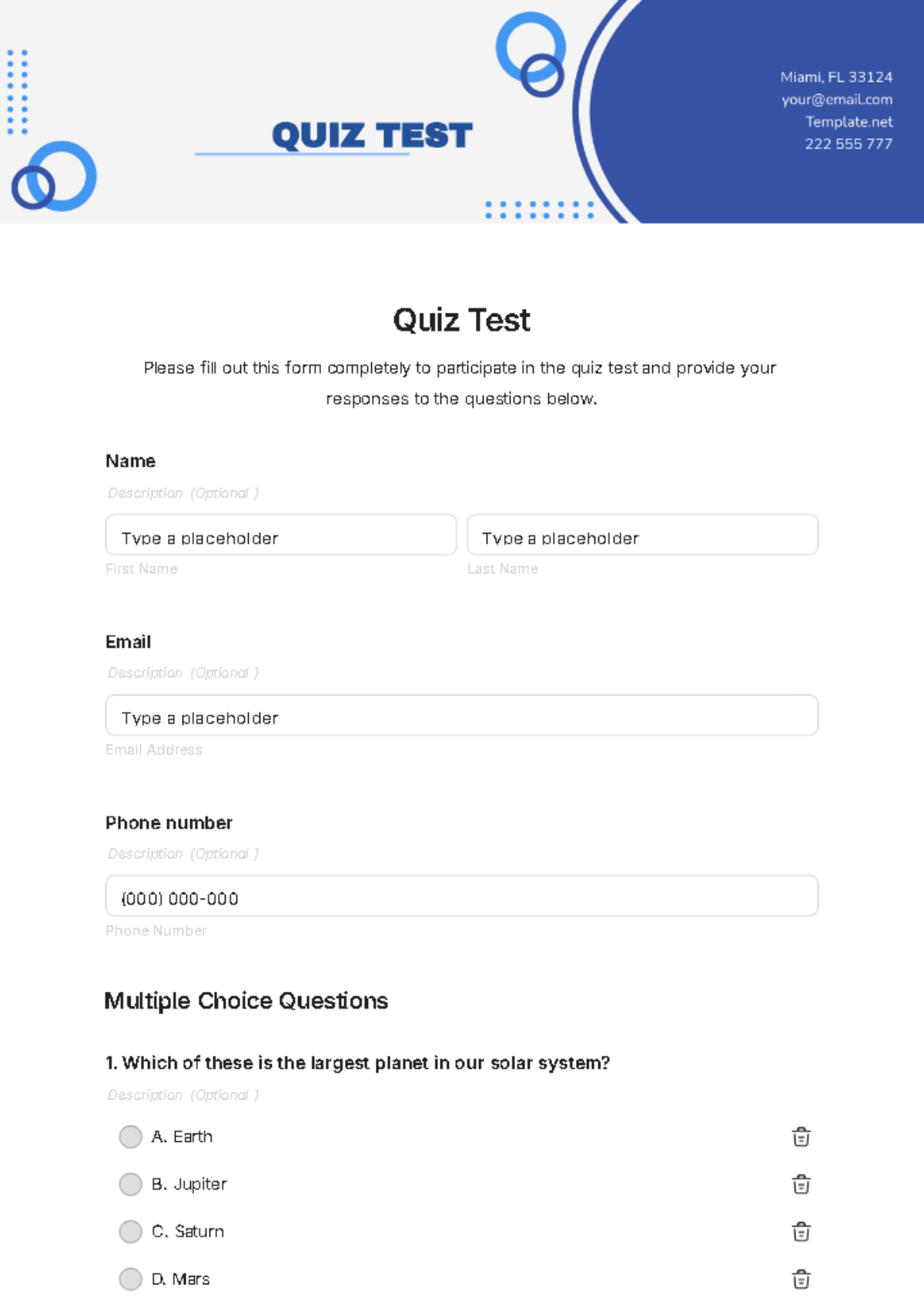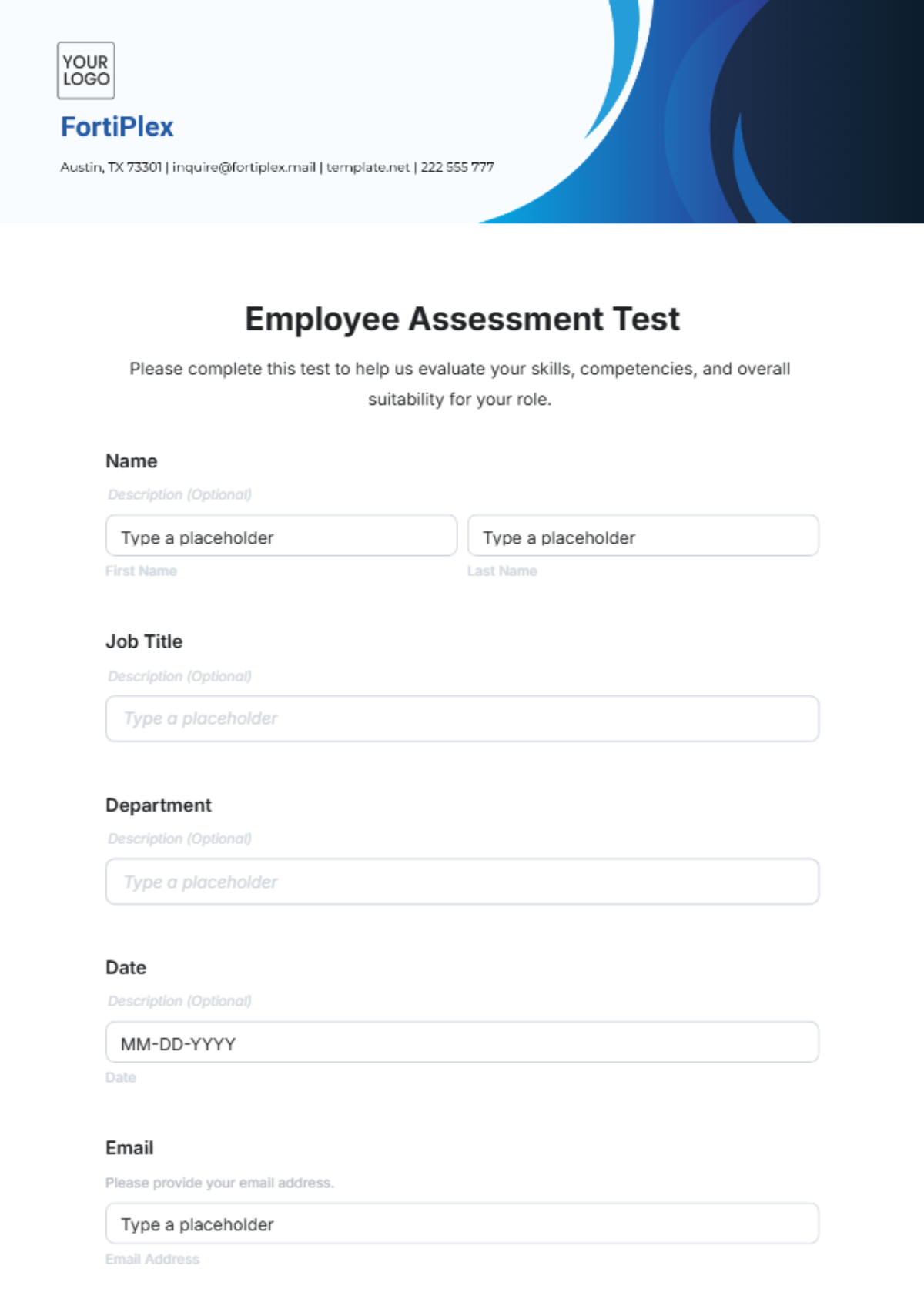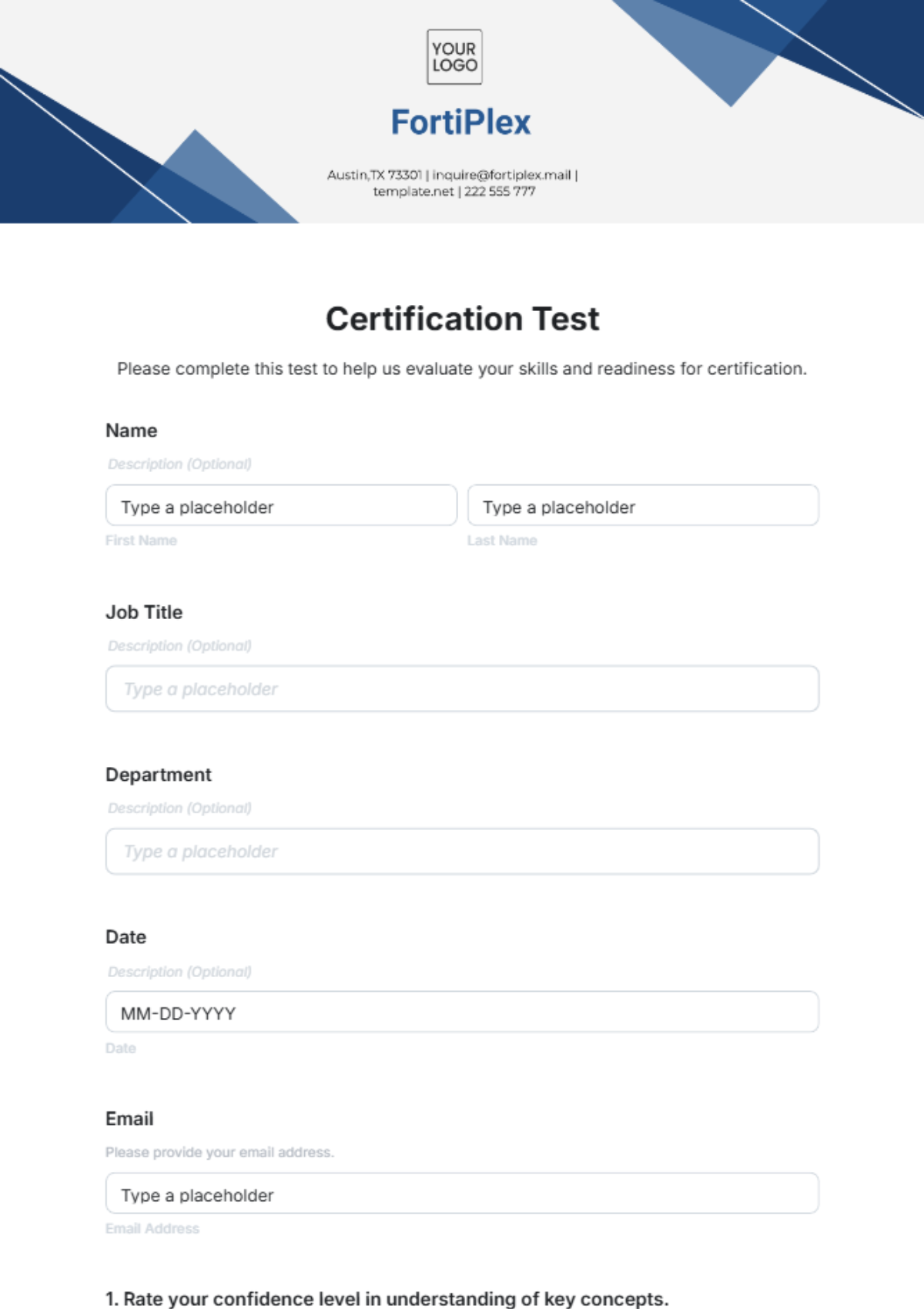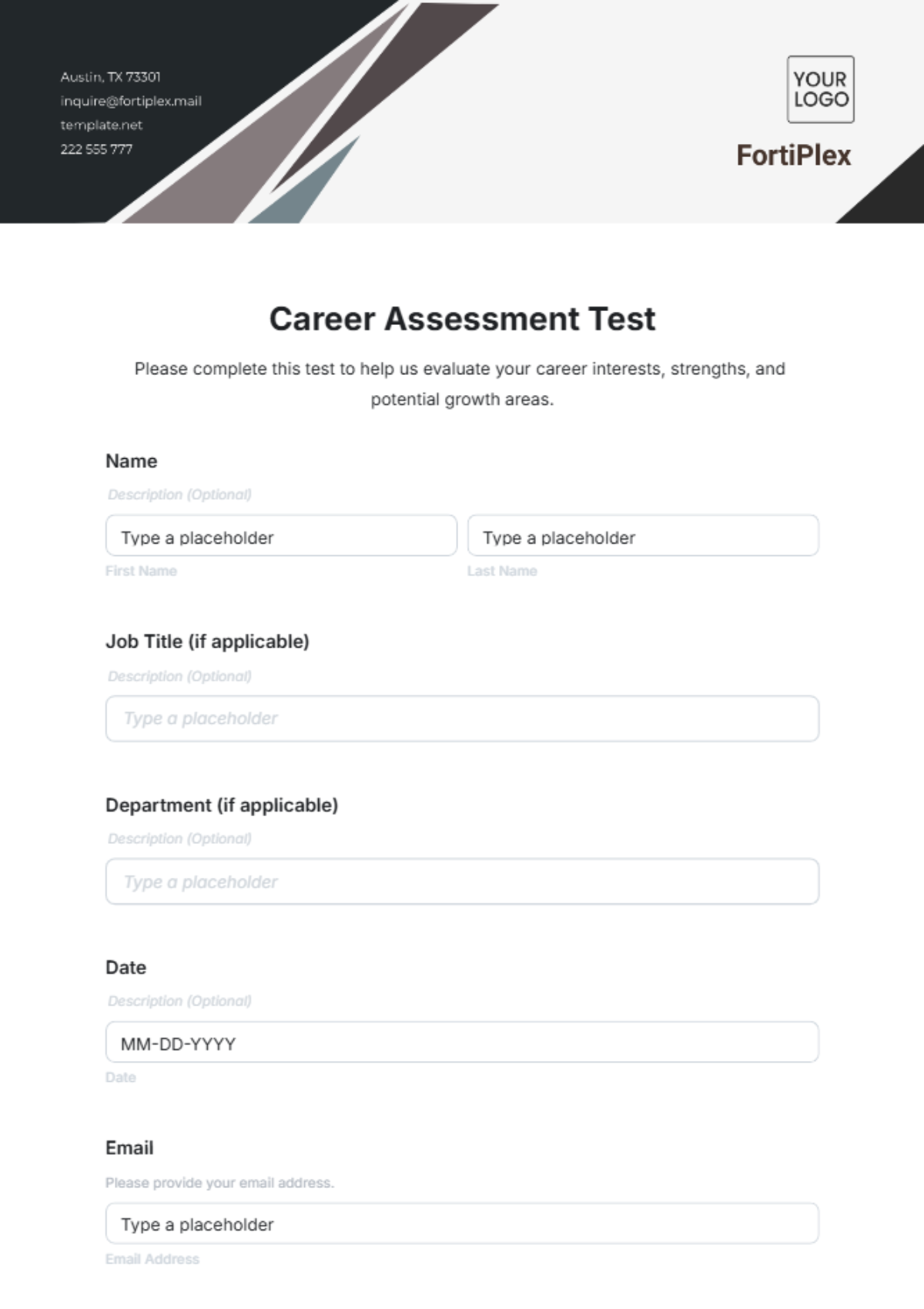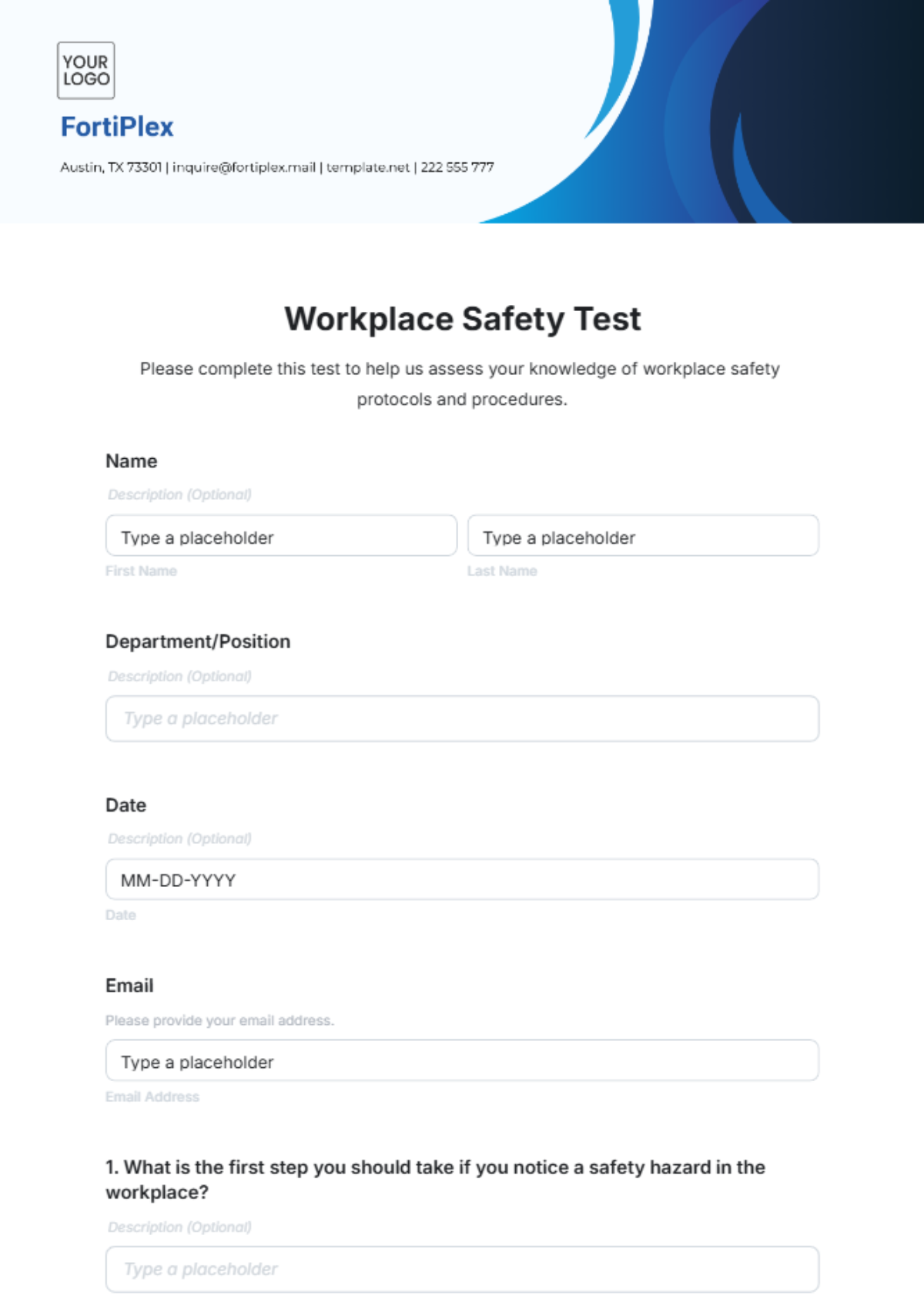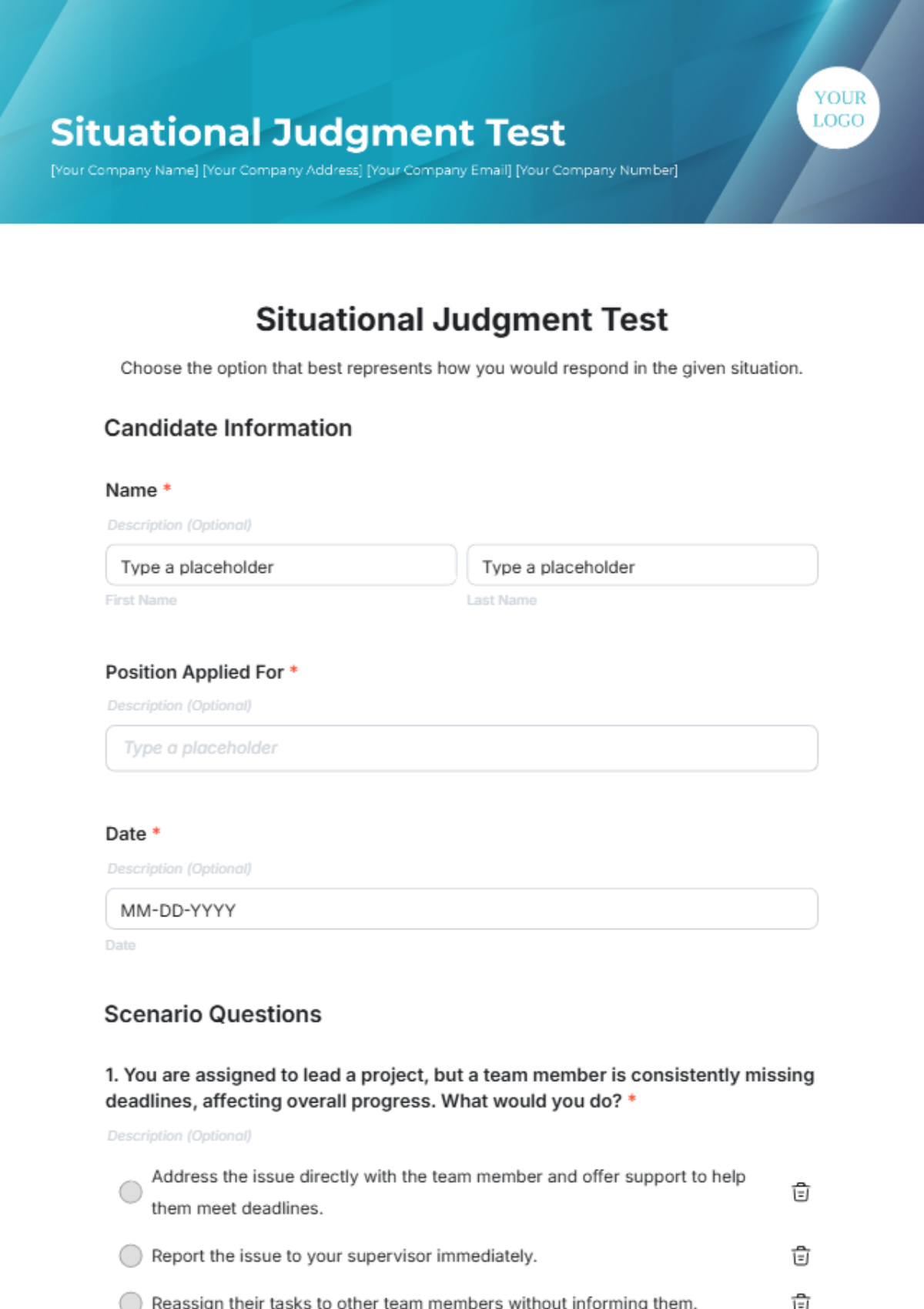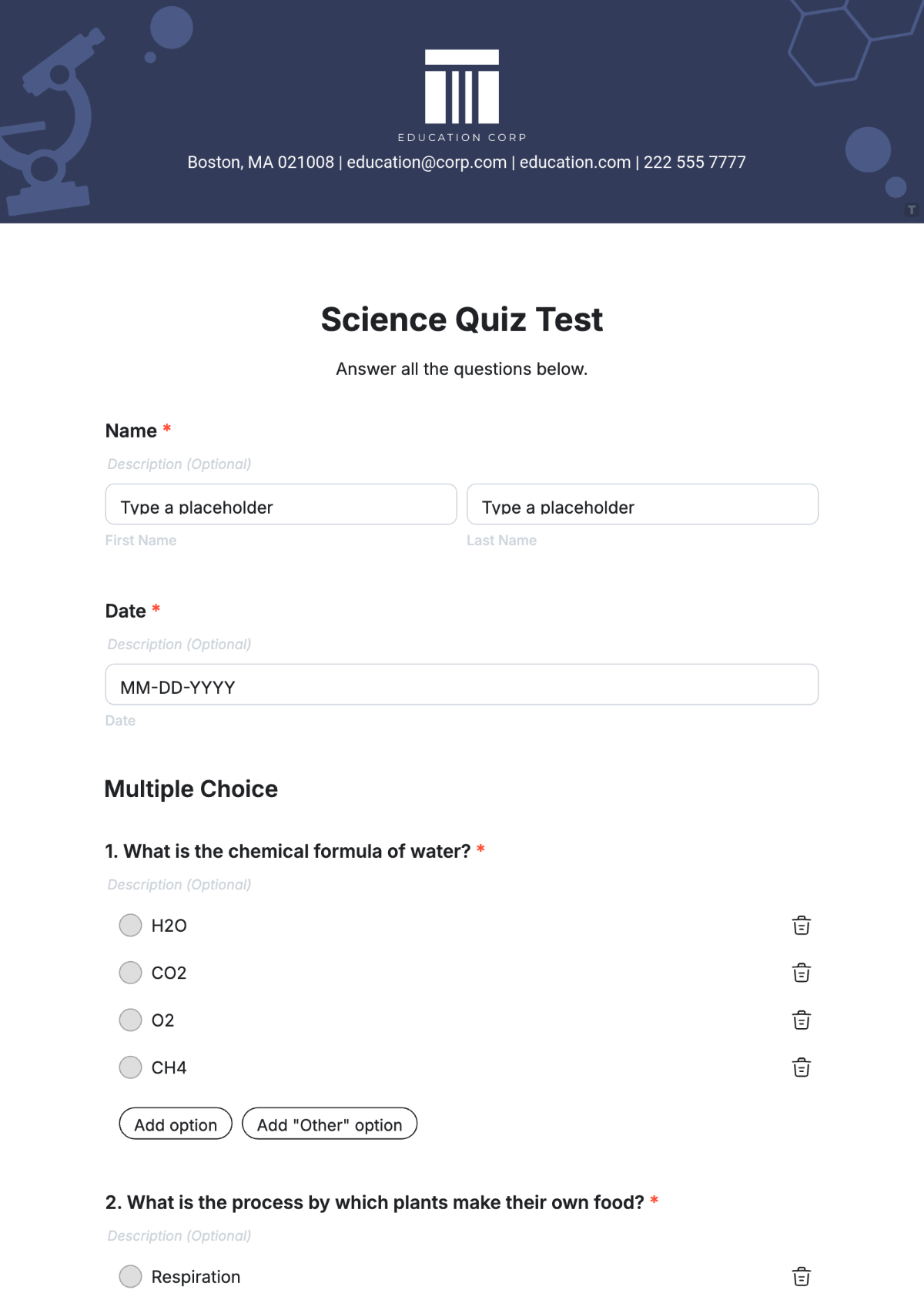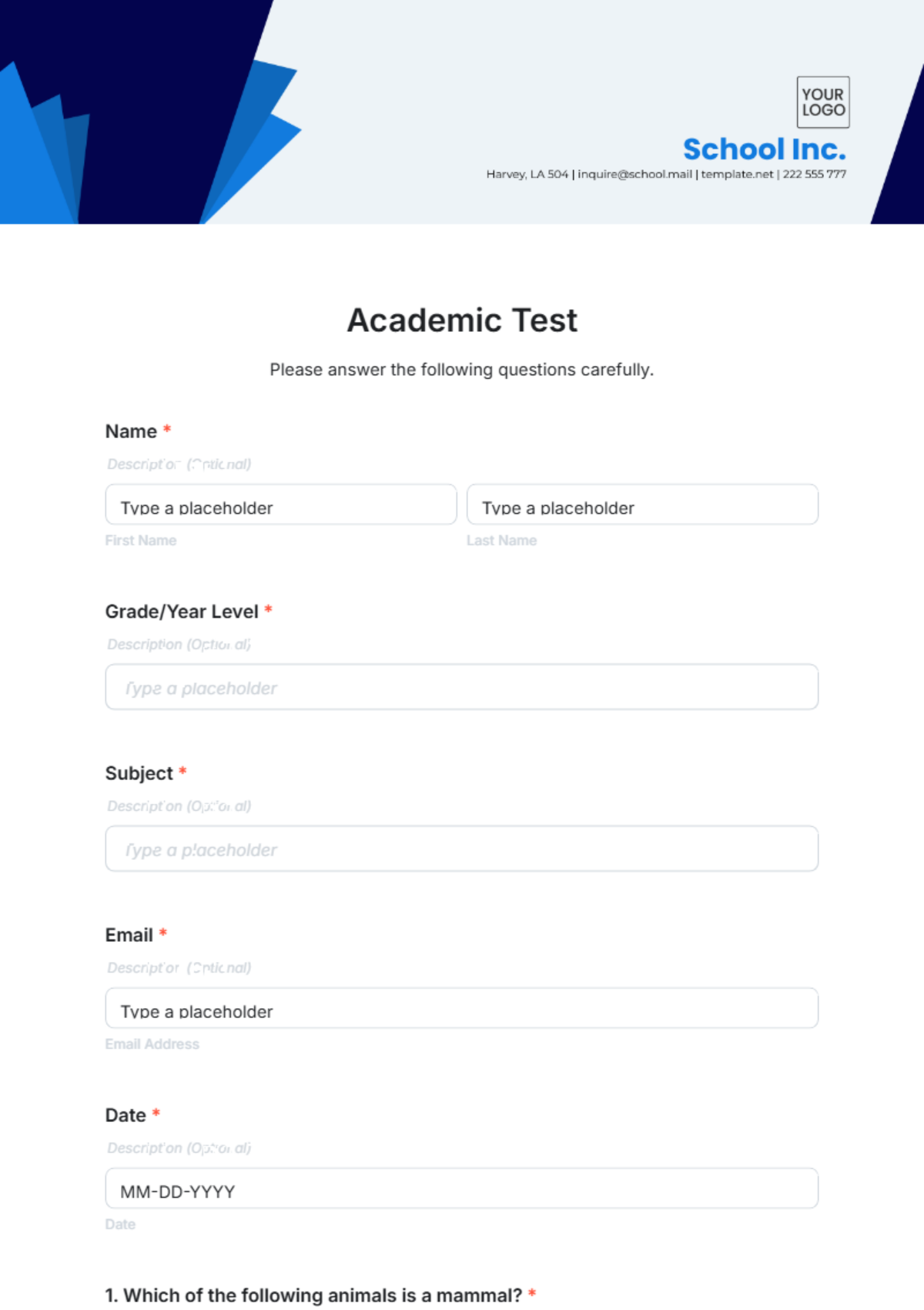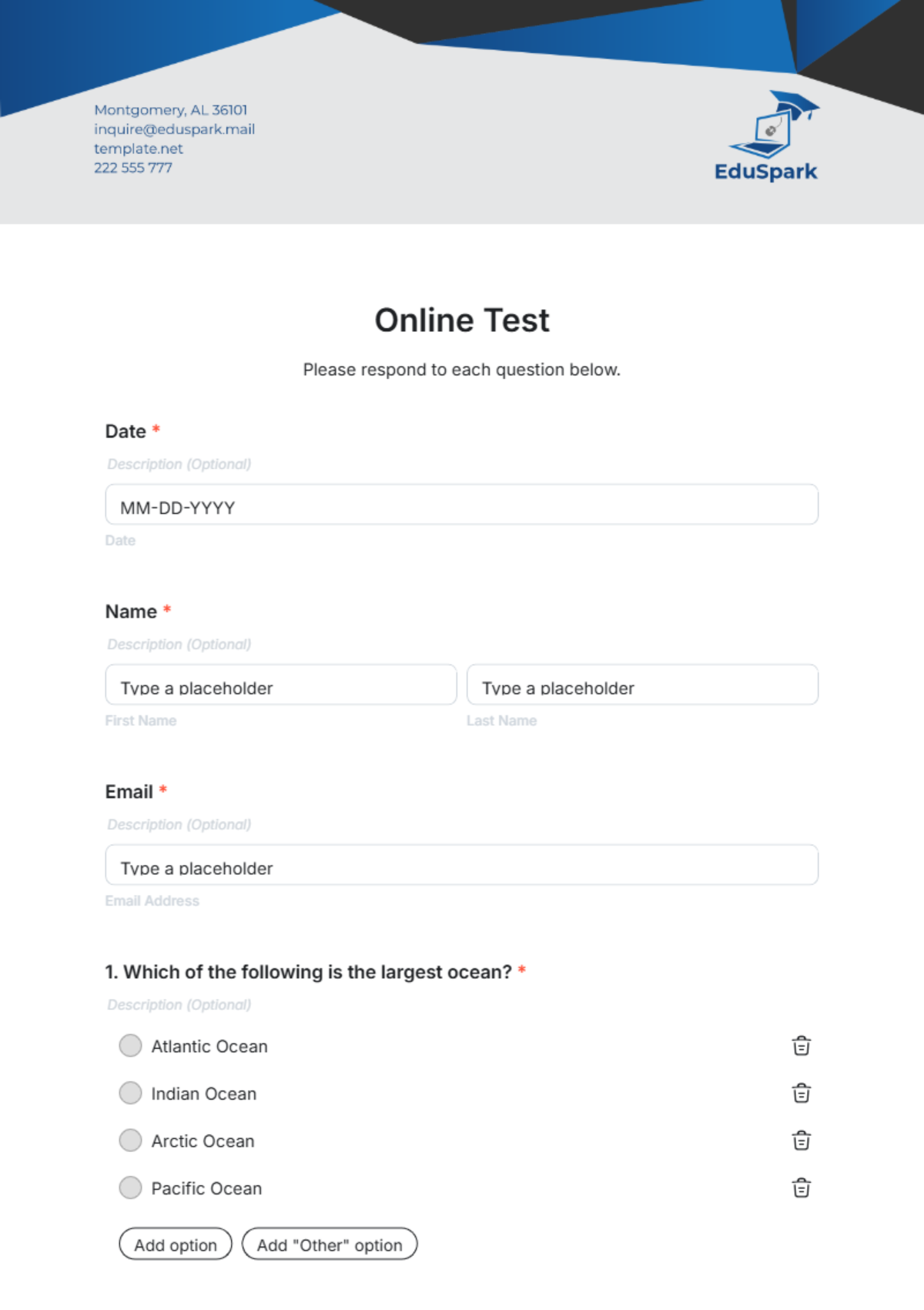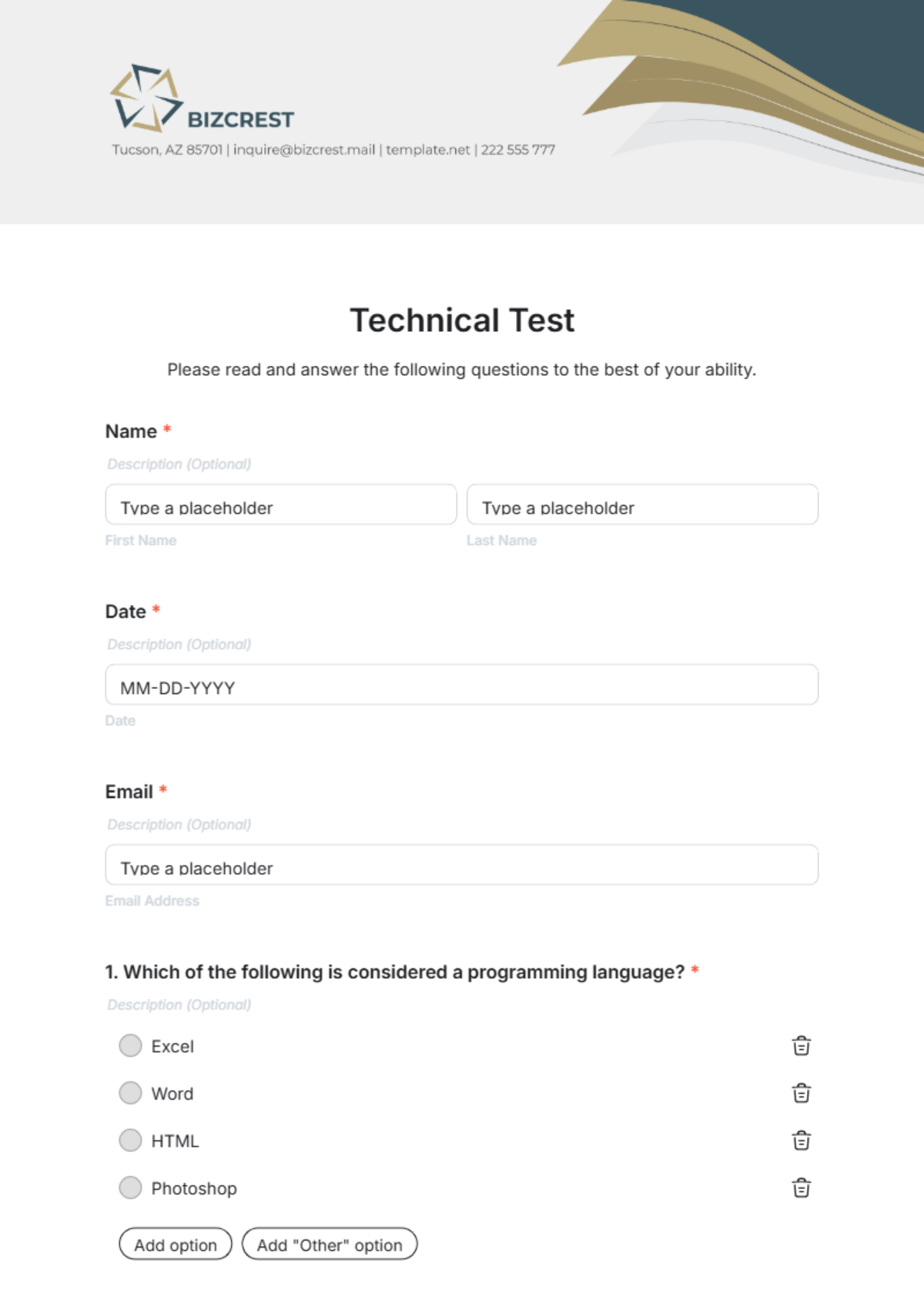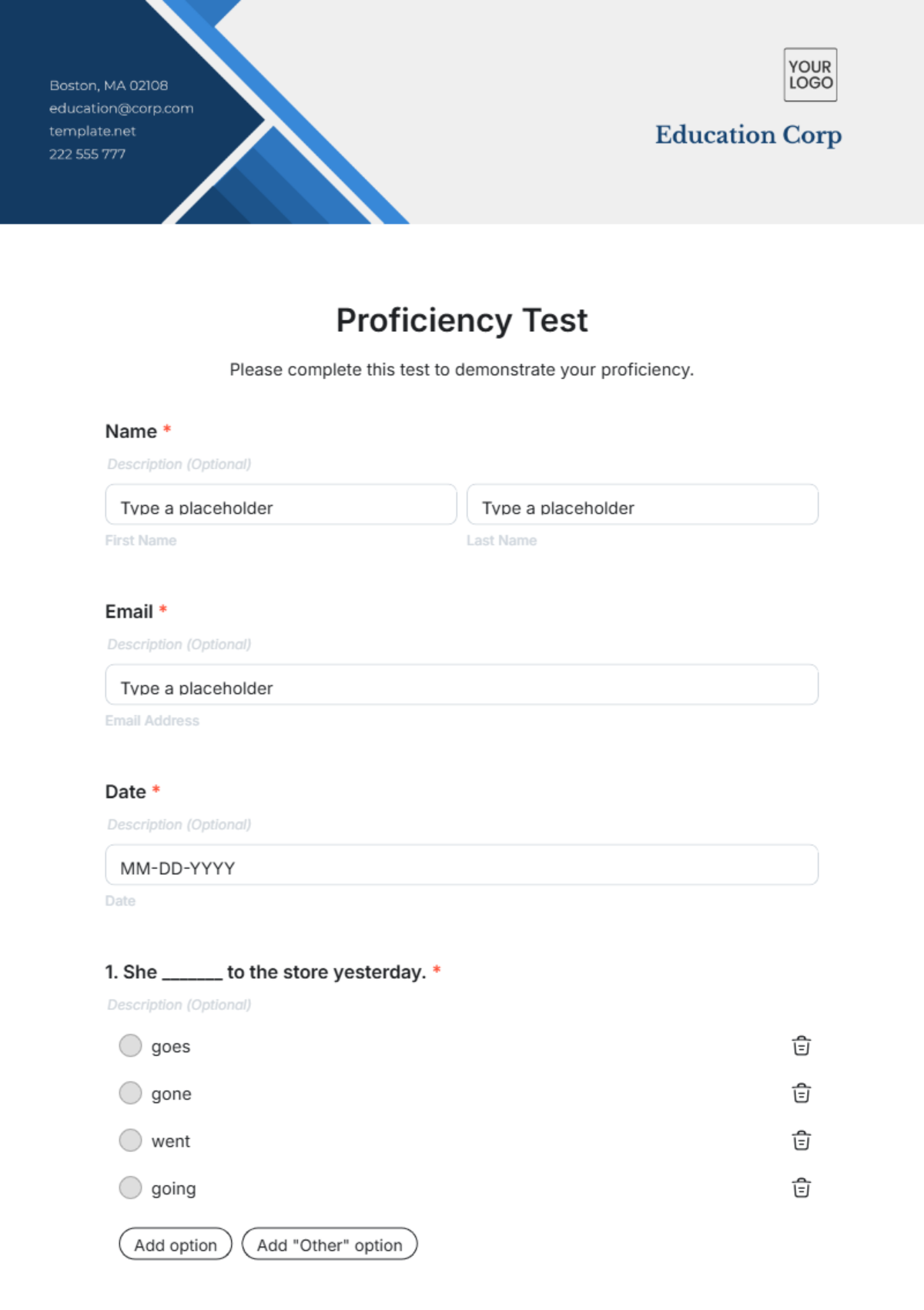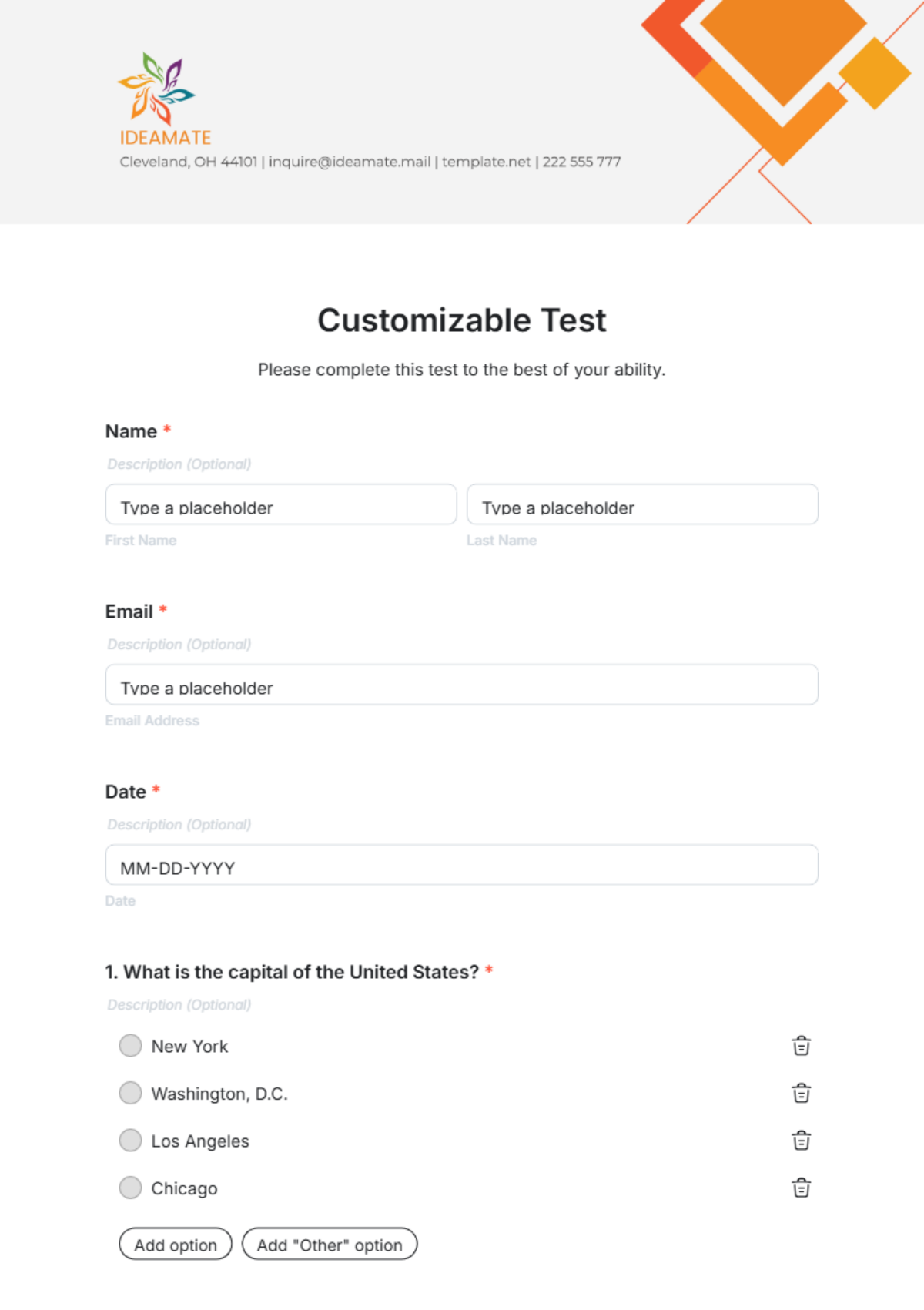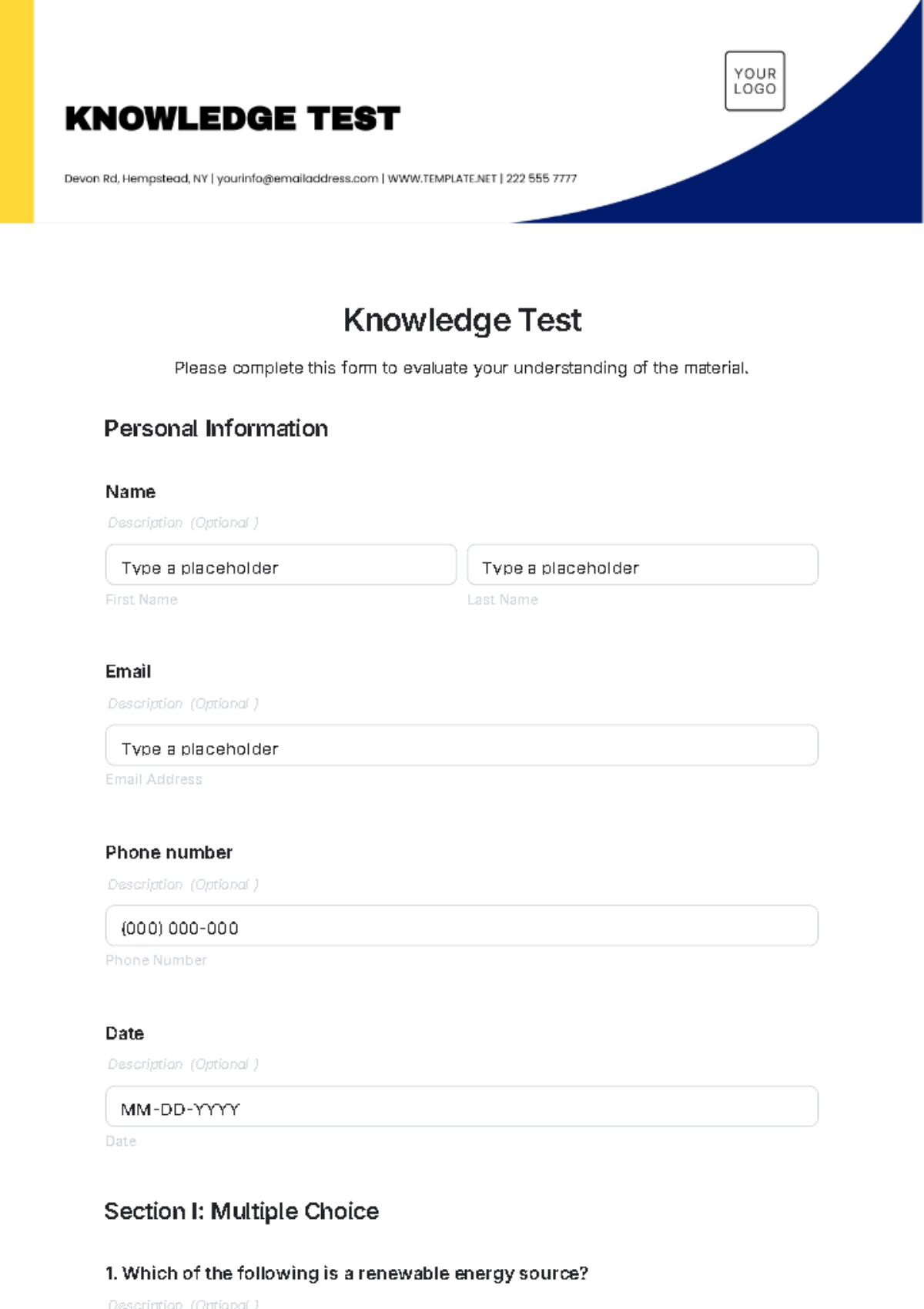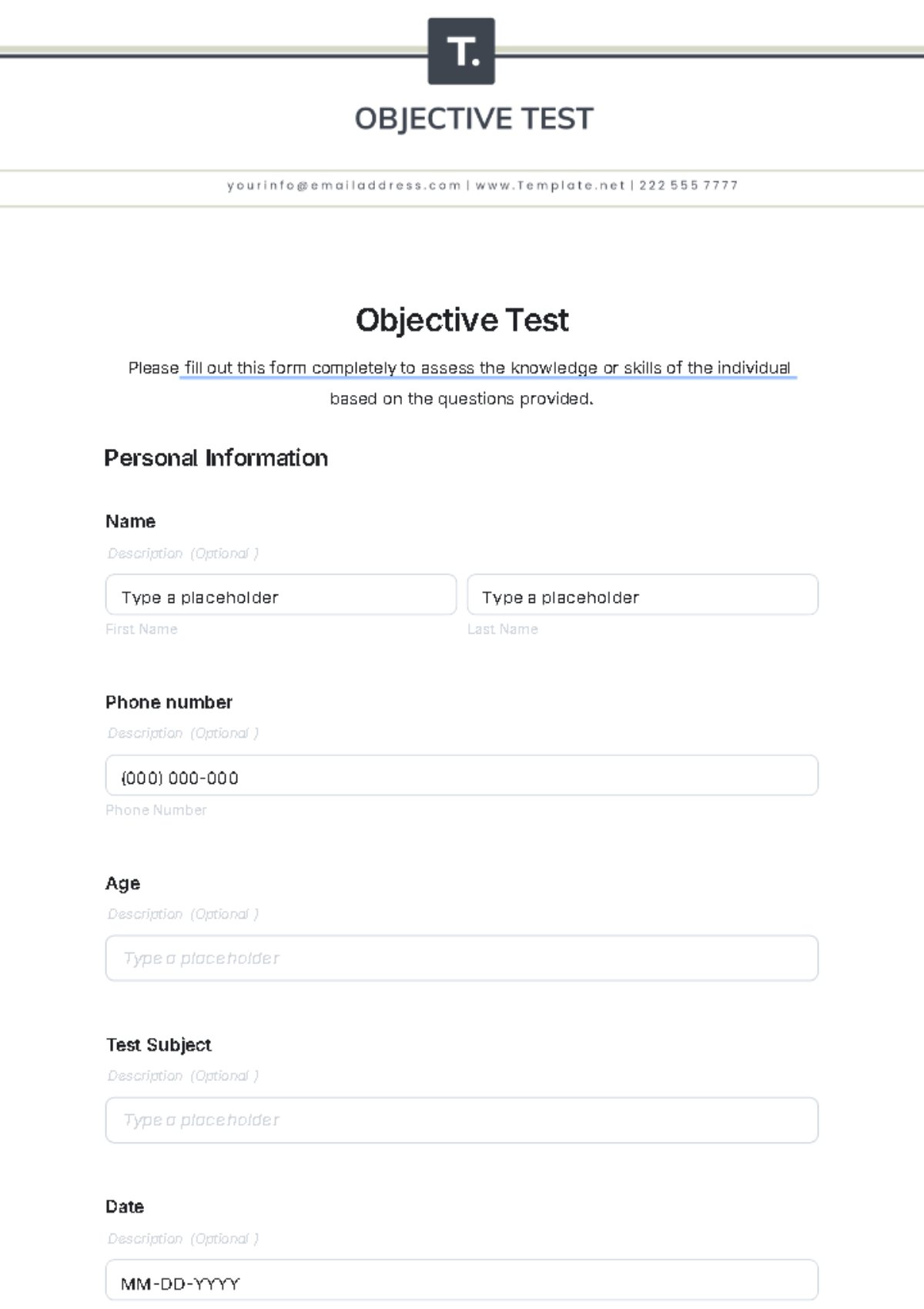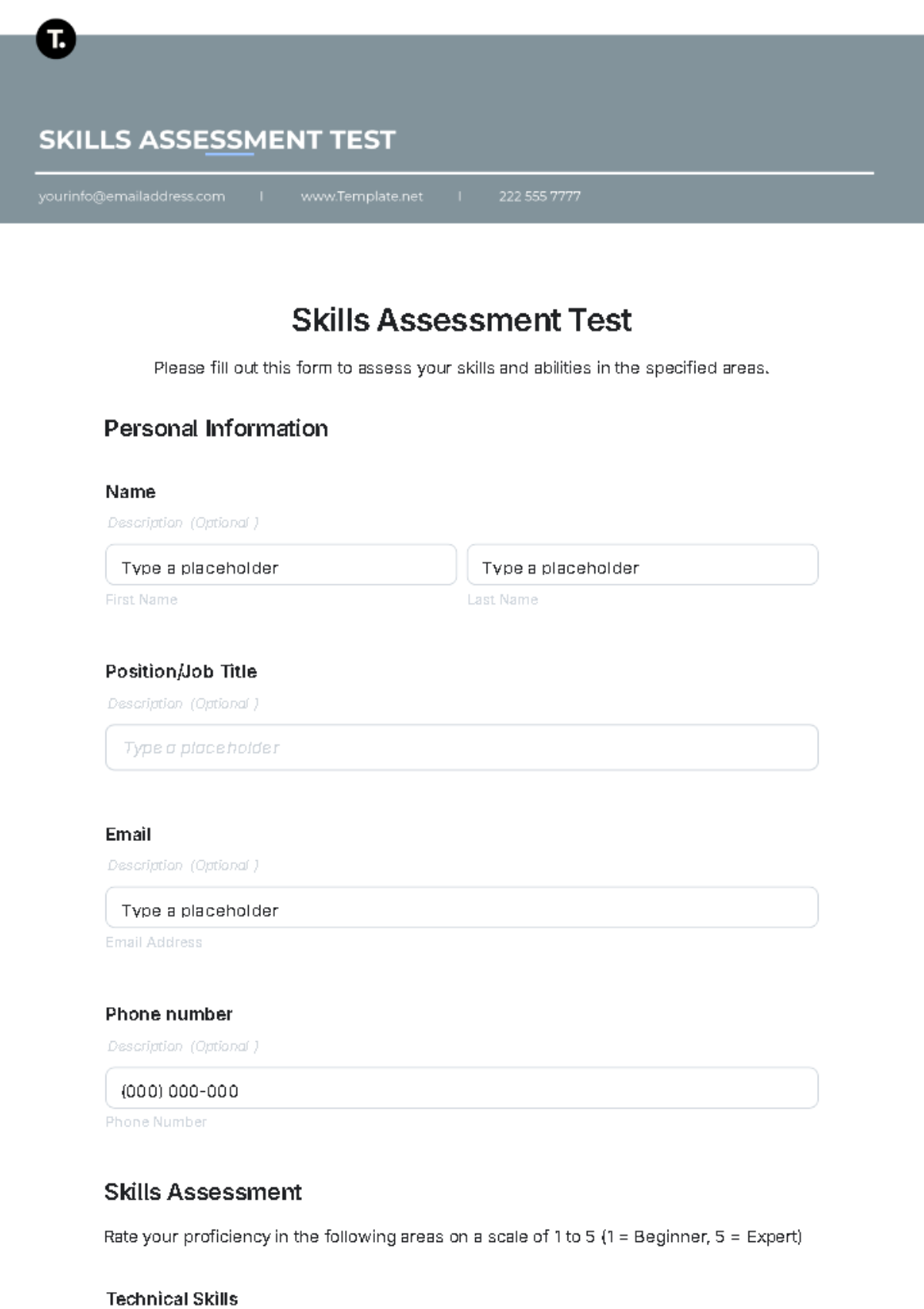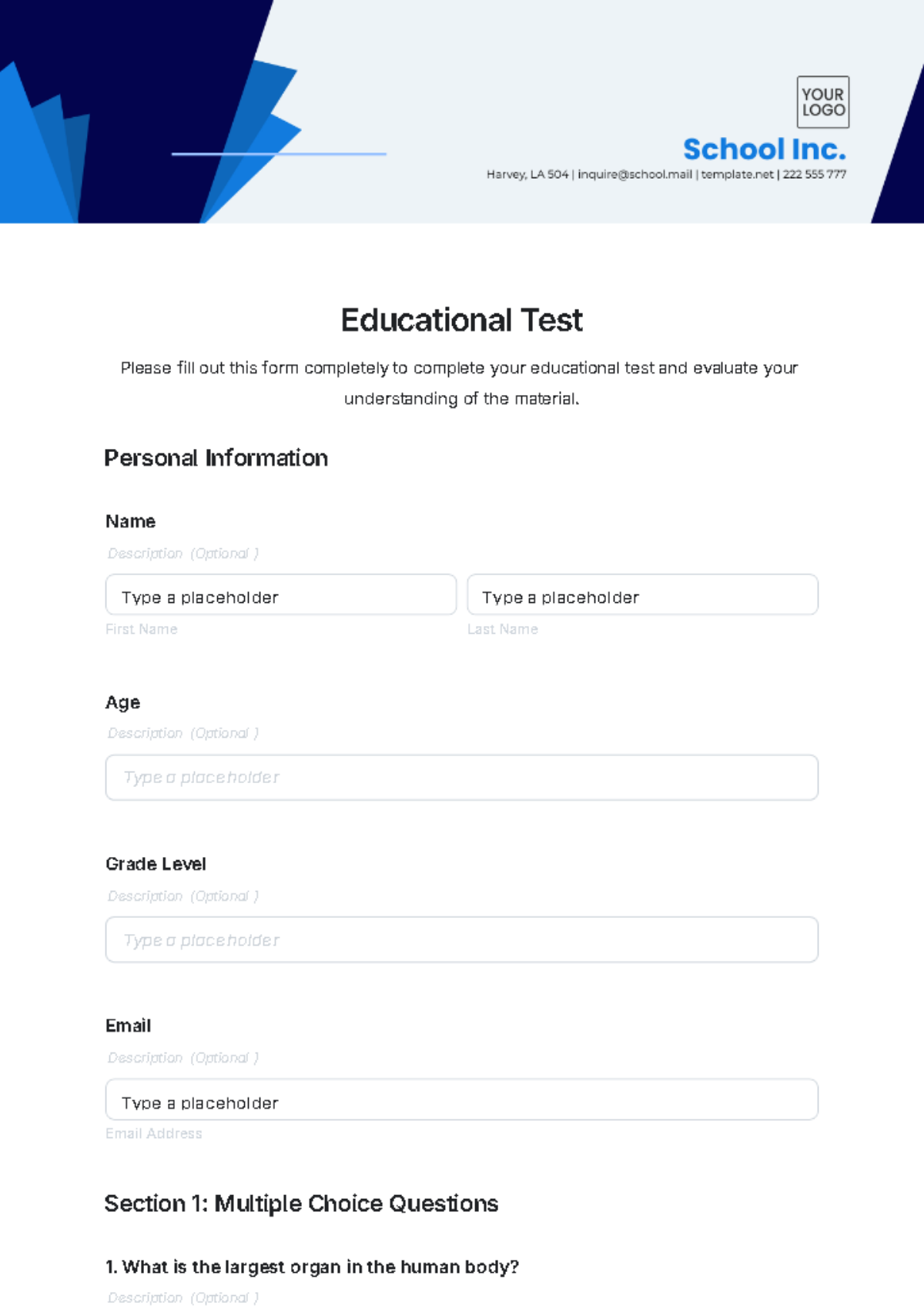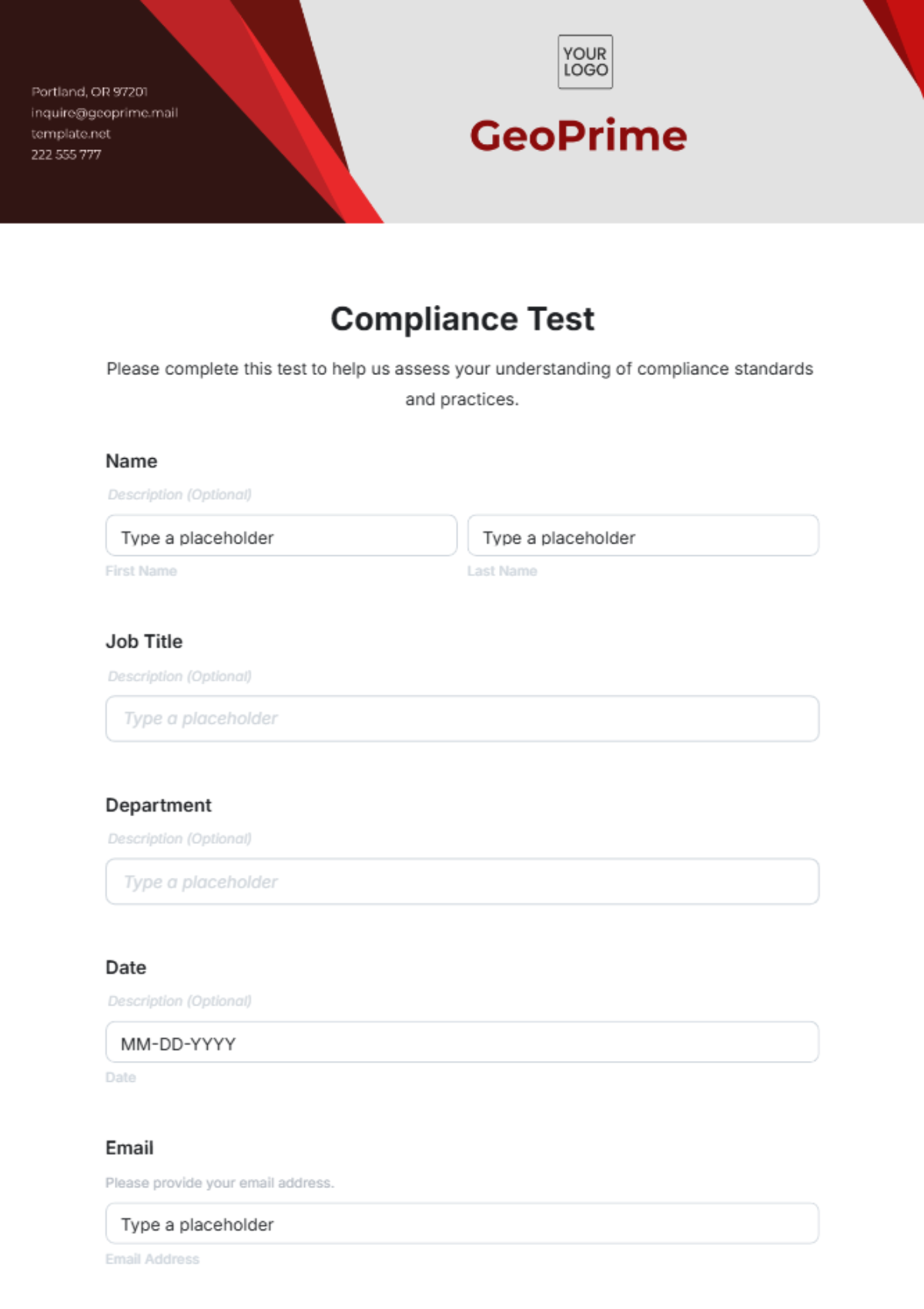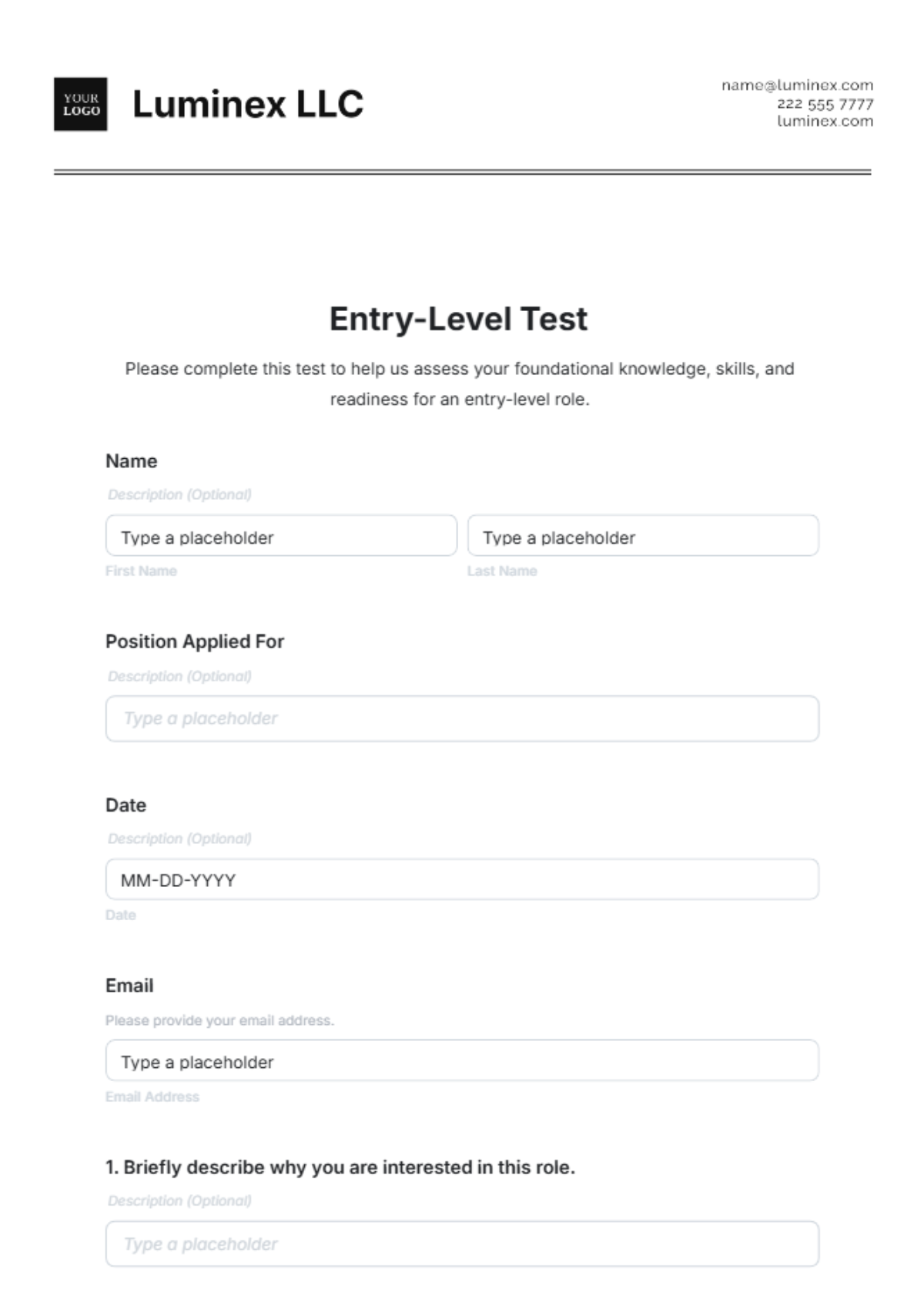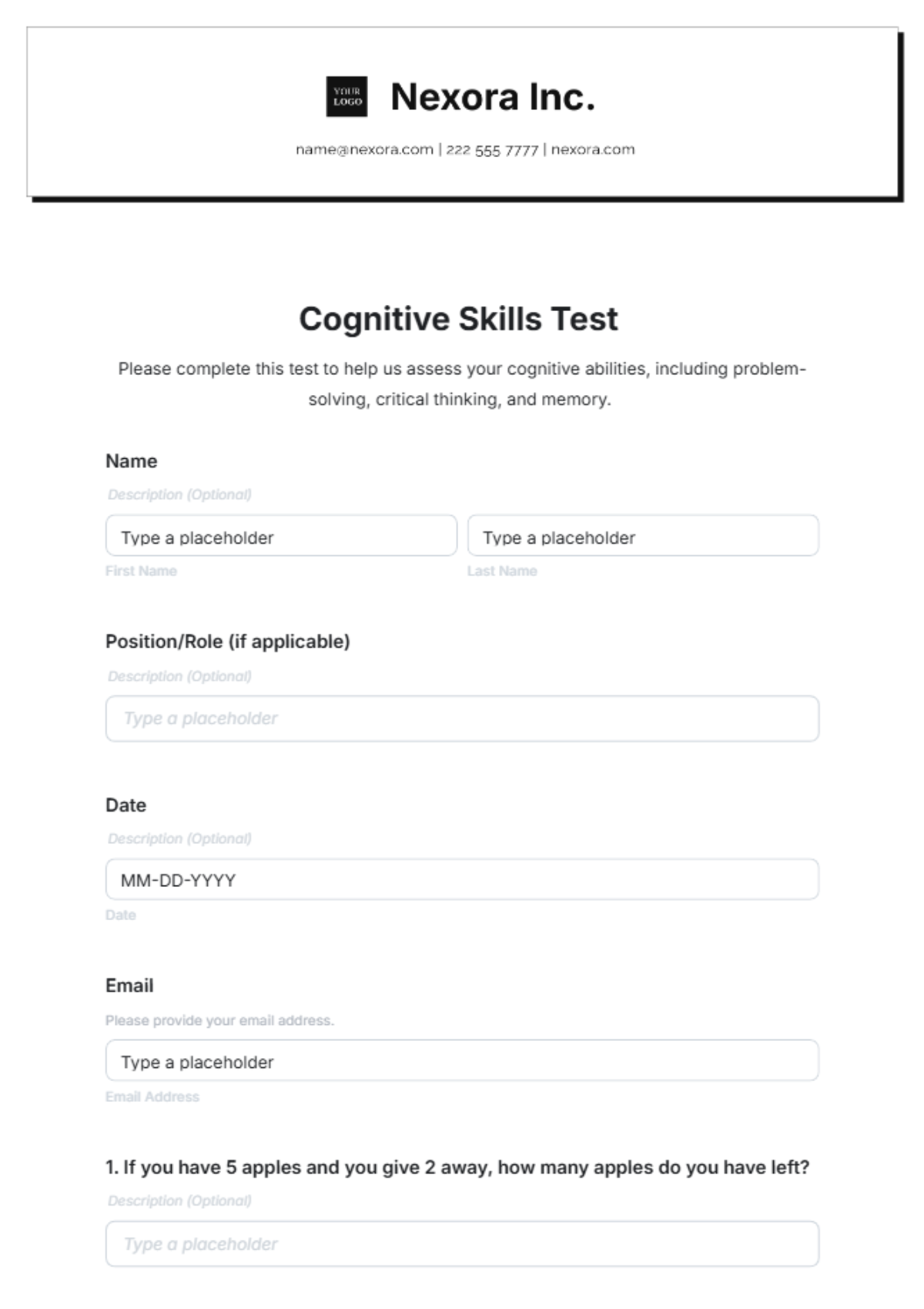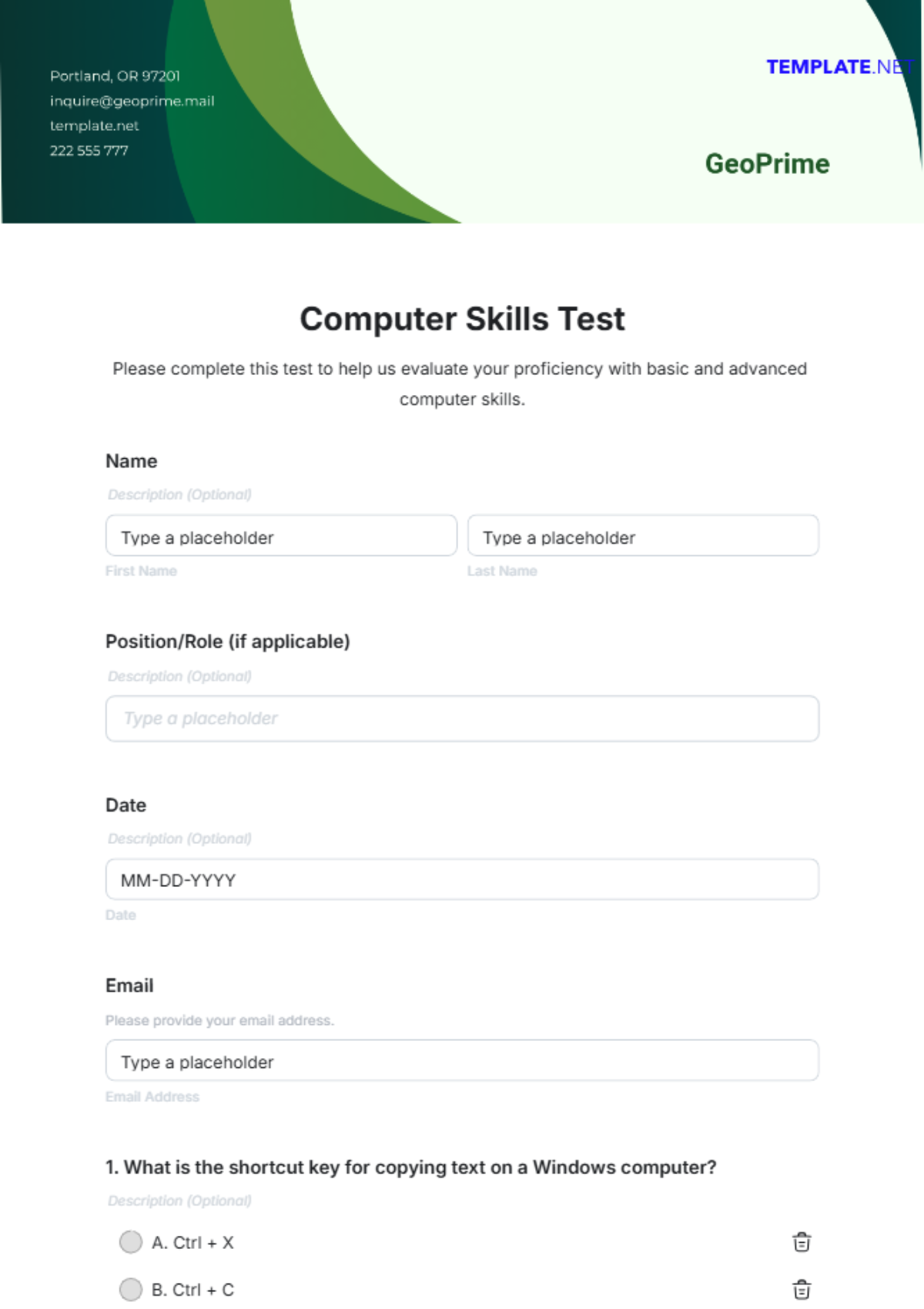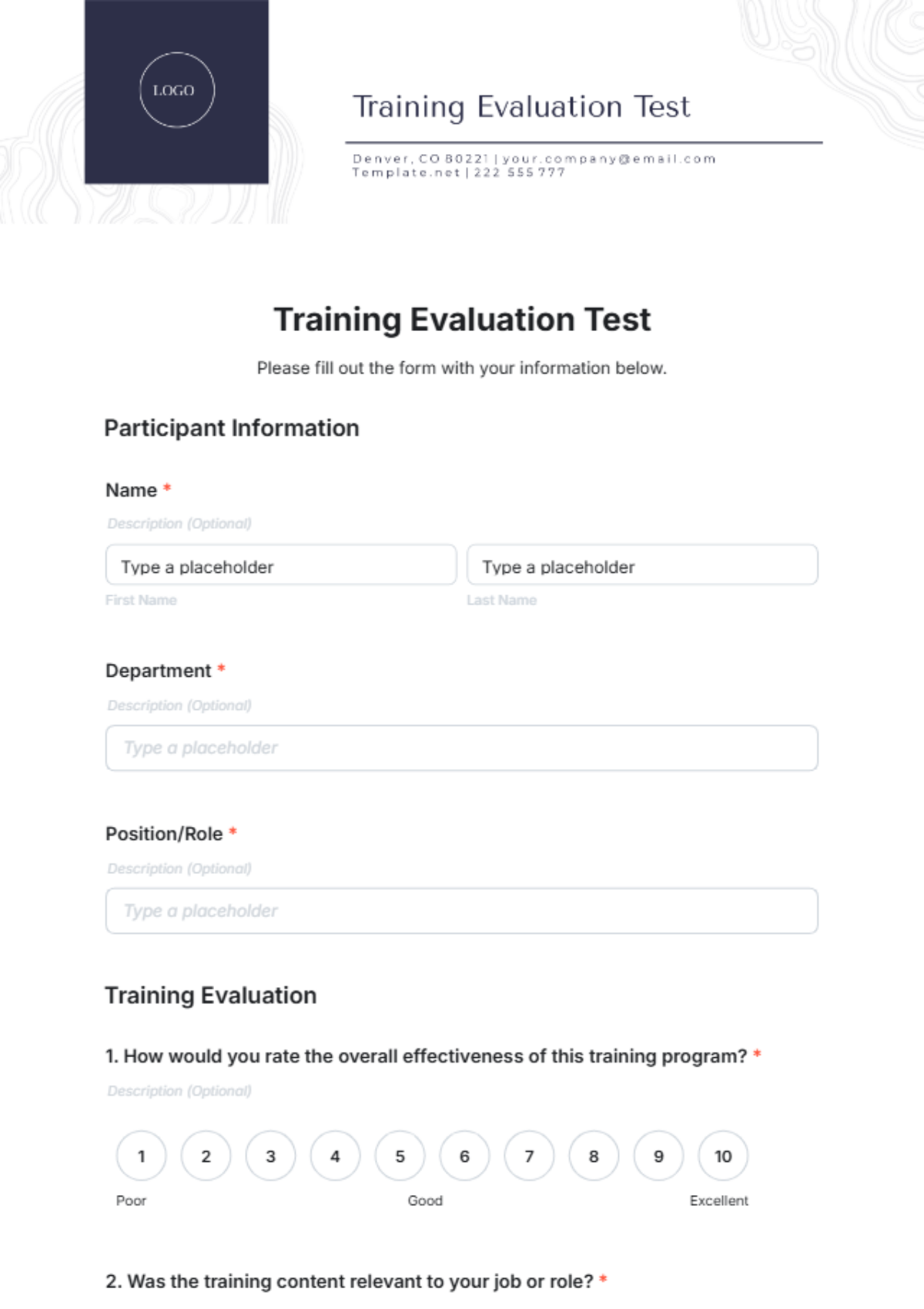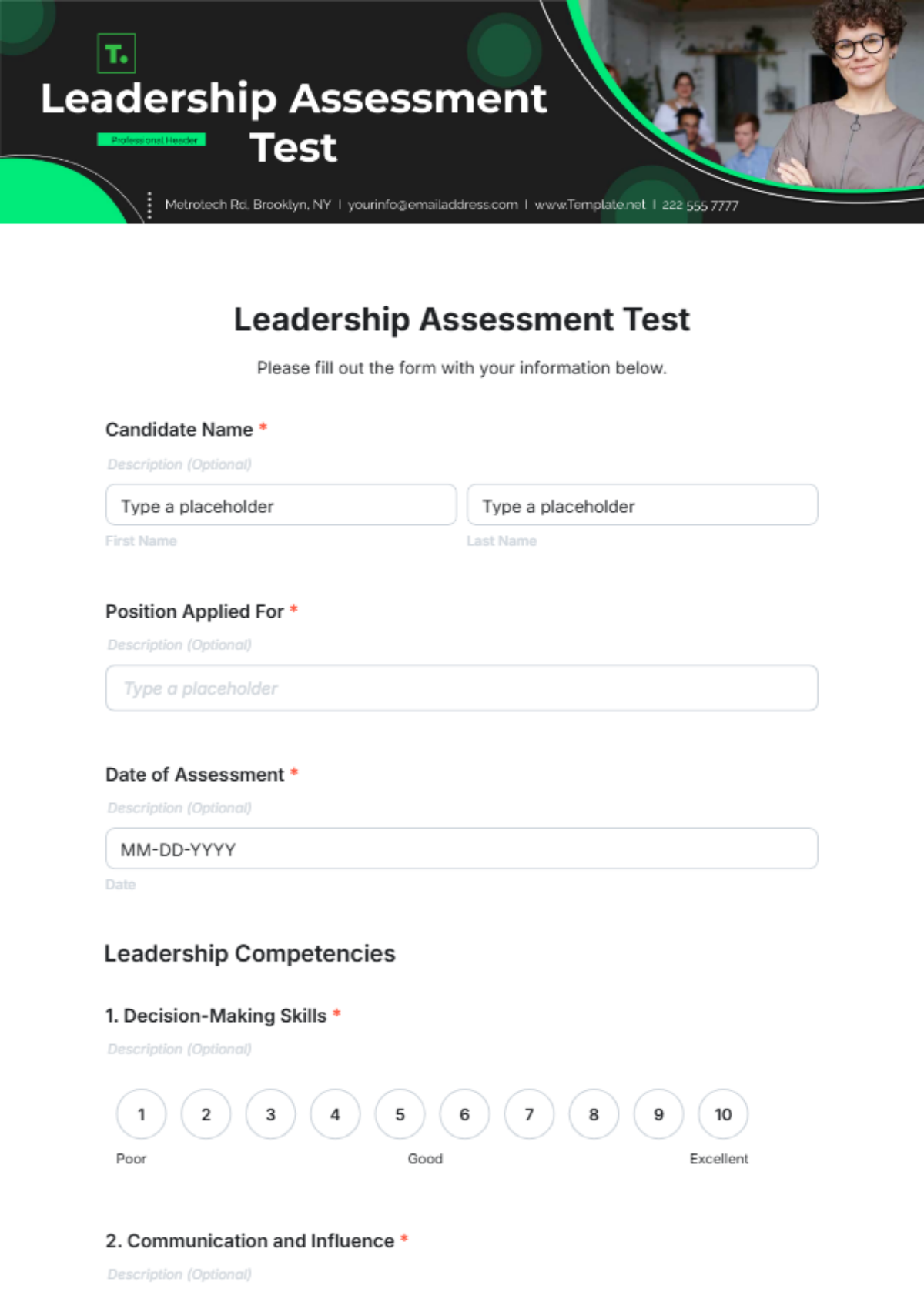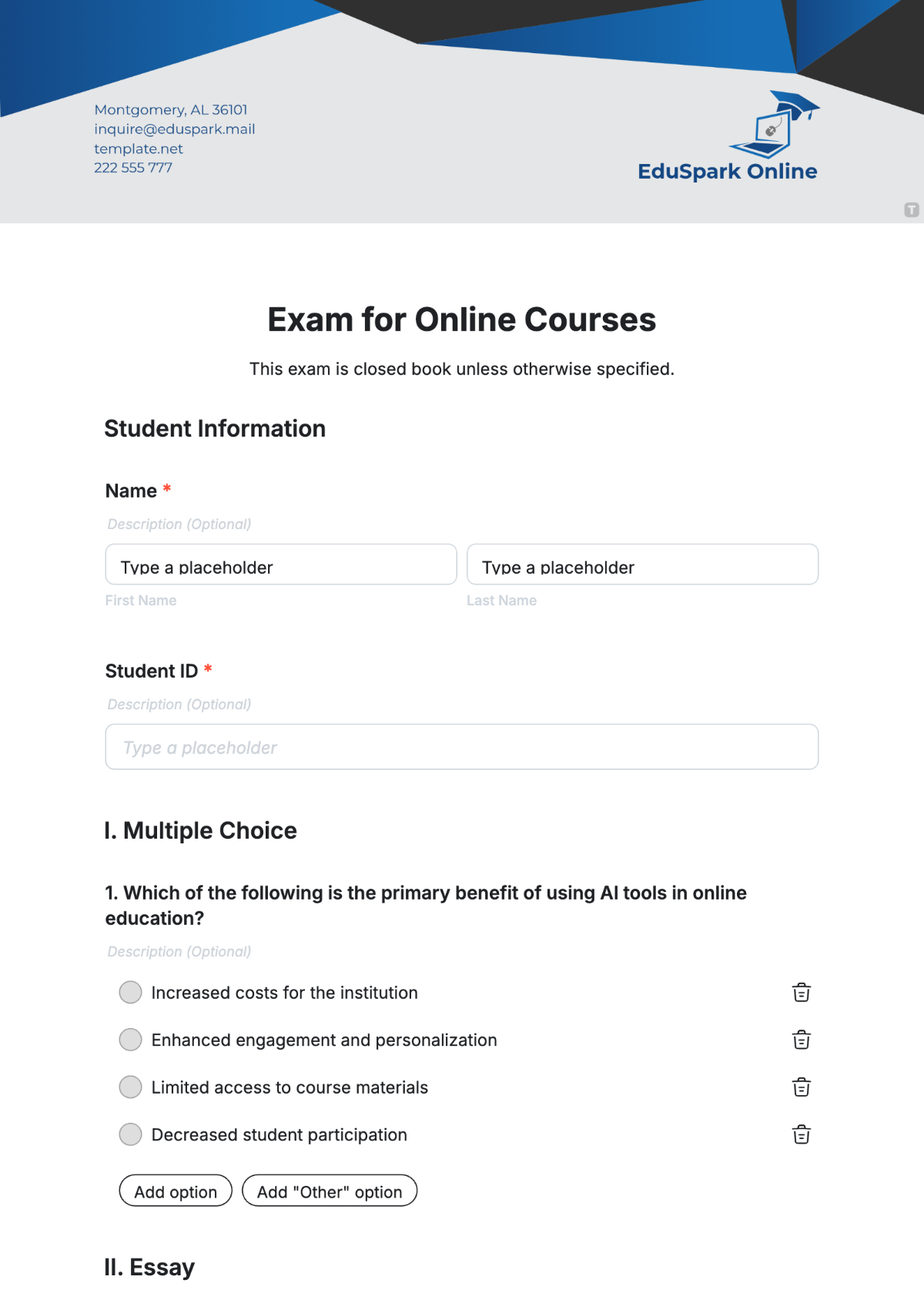Unit Test Plan
I. Introduction
The Unit Test Plan outlines the testing strategy for ensuring the functionality and reliability of individual code units within the [YOUR COMPANY NAME] application. This plan aims to validate that each unit behaves as expected and meets its functional requirements.
II. Objectives
The primary objectives of this Unit Test Plan are:
To verify that each code unit functions as intended in isolation by executing individual unit tests.
Ensure that all functional requirements are met by the individual units as specified in the software requirements documentation.
To identify and address any defects or inconsistencies in the behavior of the code units, ensuring robustness and reliability.
To facilitate collaboration between developers and QA engineers in the testing process, promoting effective communication and feedback loops.
III. Scope
The Unit Test Plan encompasses testing for all individual code units within the [YOUR COMPANY NAME] application. It includes but is not limited to:
Scope Item | Description |
|---|---|
Testing Levels | Unit level testing |
Test Types | Functional testing, Boundary testing, Exception handling testing |
Testing Techniques | White-box testing, Black-box testing |
Inclusions | All functions, methods, and procedures at the unit level |
Exclusions | Integration testing, System testing |
IV. Test Environment
The following table outlines the test environment details:
Environment Component | Details |
|---|---|
Programming Language | Python 3.9 |
Testing Framework | PyTest 6.2.5 |
IDE | Visual Studio Code 1.59.0 |
Operating System | Windows 11 Pro |
Additional Tools | Git 3.2.1 for version control |
V. Test Cases
Test Case 1: Login Functionality
Test Case ID | TC-01 |
|---|---|
Test Case Name | Login Functionality |
Description | Verify that the login function authenticates users correctly. |
Inputs | Valid username and password, invalid username, invalid password |
Expected Output | Successful login, error message for invalid credentials |
Pass Criteria | User successfully logs in with valid credentials, and appropriate error messages are displayed for invalid credentials. |
Test Case 2: Calculation Function
Test Case ID | TC-02 |
|---|---|
Test Case Name | Calculation Function |
Description | Test the calculation function to ensure accurate results. |
Inputs | Various numerical inputs, including positive, negative, and decimal values |
Expected Output | Correct calculation results based on input parameters |
Pass Criteria | The calculation function returns accurate results within a specified tolerance for all input scenarios. |
VI. Test Schedule
Testing activities will commence on January 15, 2050, and are expected to conclude by February 28, 2050.
Detailed test execution and reporting will be conducted according to the outlined schedule, with regular status updates provided to stakeholders.
VII. Responsibilities
Development Team:
Write unit tests for each code unit according to the specifications outlined in the software design documentation.
Address any defects identified during testing promptly and collaborate with the QA team for resolution.
Quality Assurance Team:
Execute unit tests using the specified testing framework and report any failures or discrepancies accurately.
Collaborate with the development team to resolve issues and ensure the integrity of the testing process.
VIII. Risks and Assumptions
Risks:
Incomplete or inaccurate unit tests may lead to undetected defects, impacting the overall quality of the software.
Dependencies between code units may pose challenges during testing and validation, requiring careful coordination.
Assumptions:
Development tasks are completed according to the project schedule, allowing sufficient time for testing activities.
The testing environment remains stable and adequately configured to support the execution of unit tests throughout the testing phase.
IX. Approval
This Unit Test Plan requires approval from [YOUR NAME], Software Development Manager at [YOUR COMPANY NAME].
Approval signifies acknowledgment and acceptance of the outlined testing approach and schedule, indicating readiness to proceed with testing activities.
X. Revision History
Version 1.0: Initial draft of the Unit Test Plan created on January 5, 2050.
Version 1.1: Revised to incorporate feedback from stakeholders on January 10, 2050, expanding details and clarifying objectives and responsibilities.
